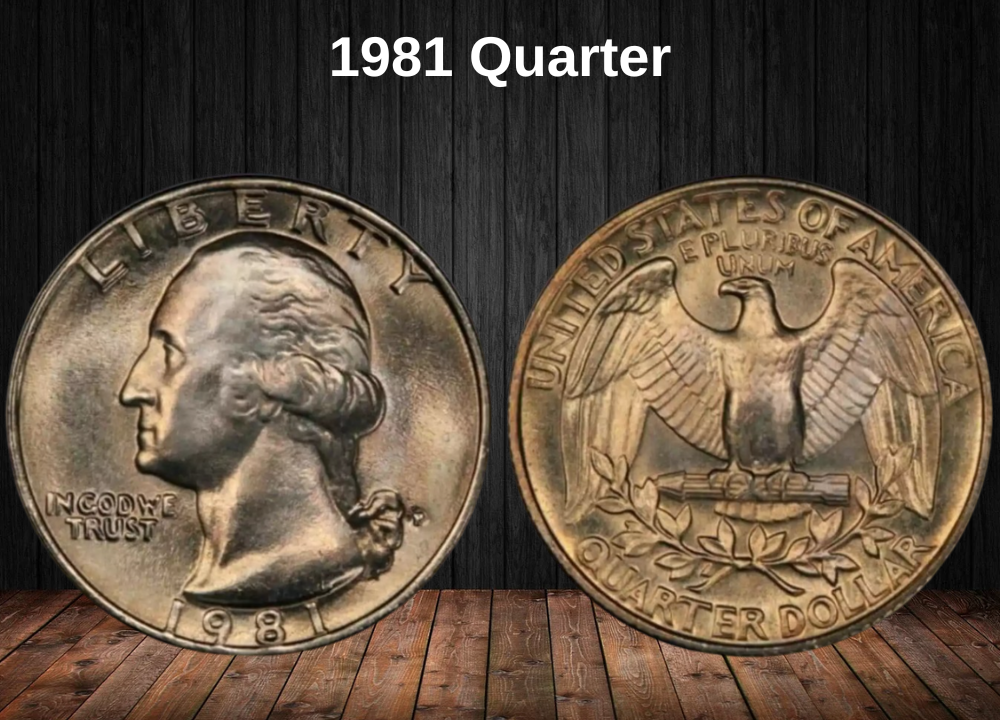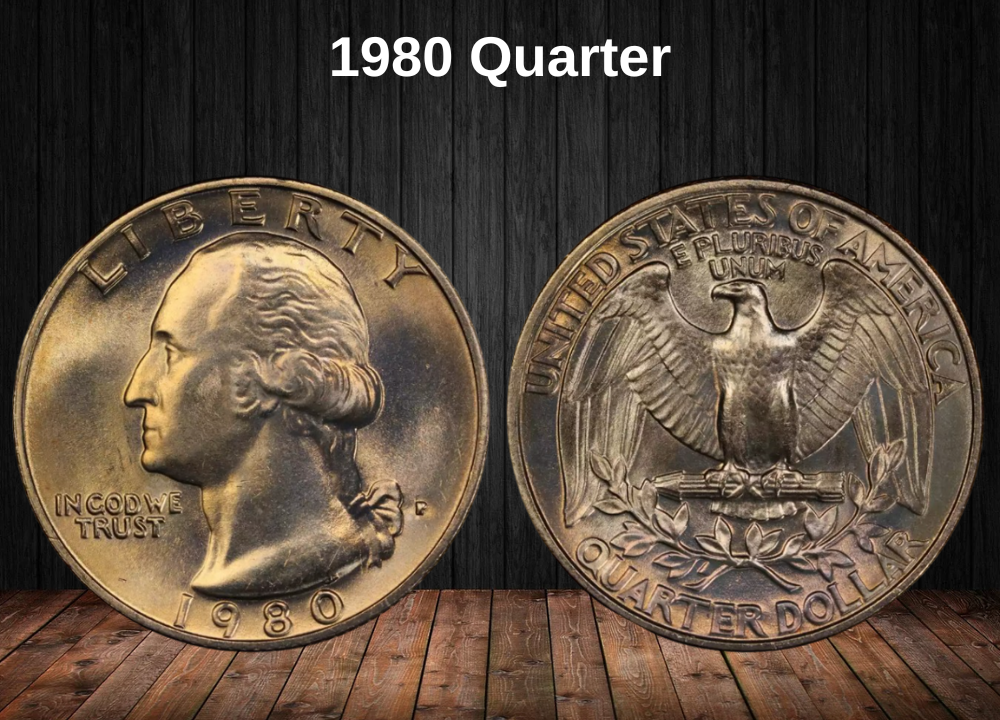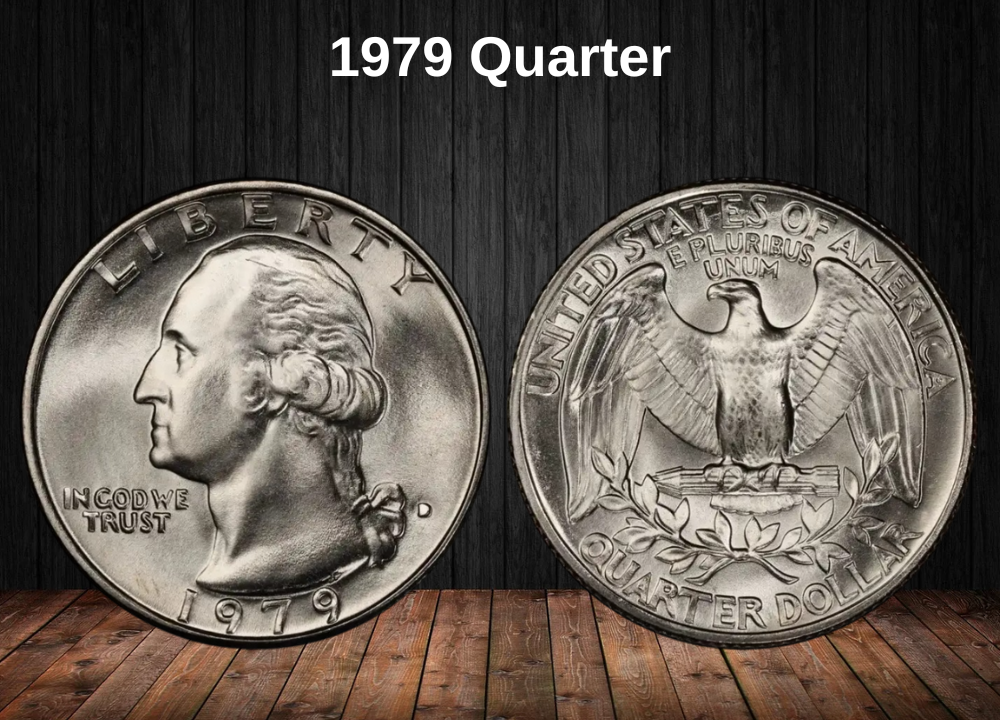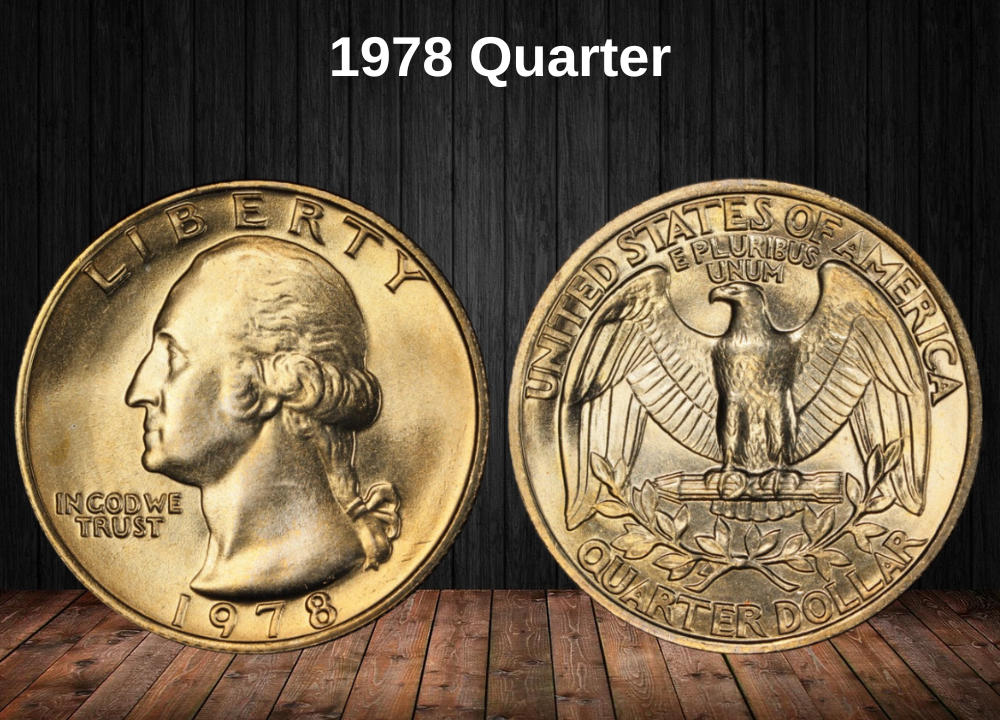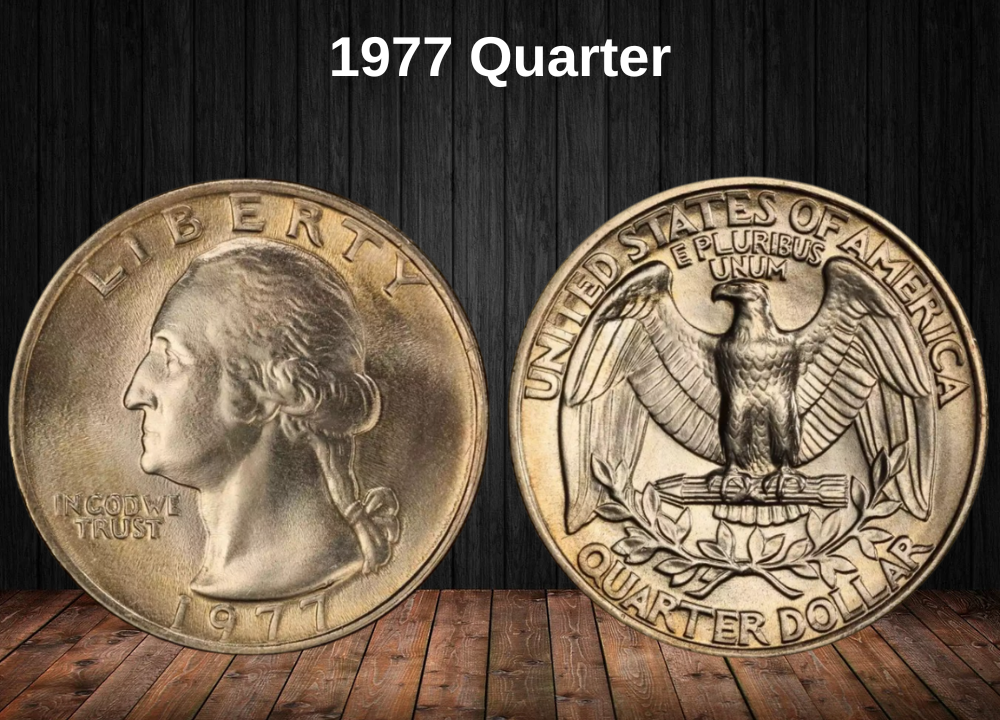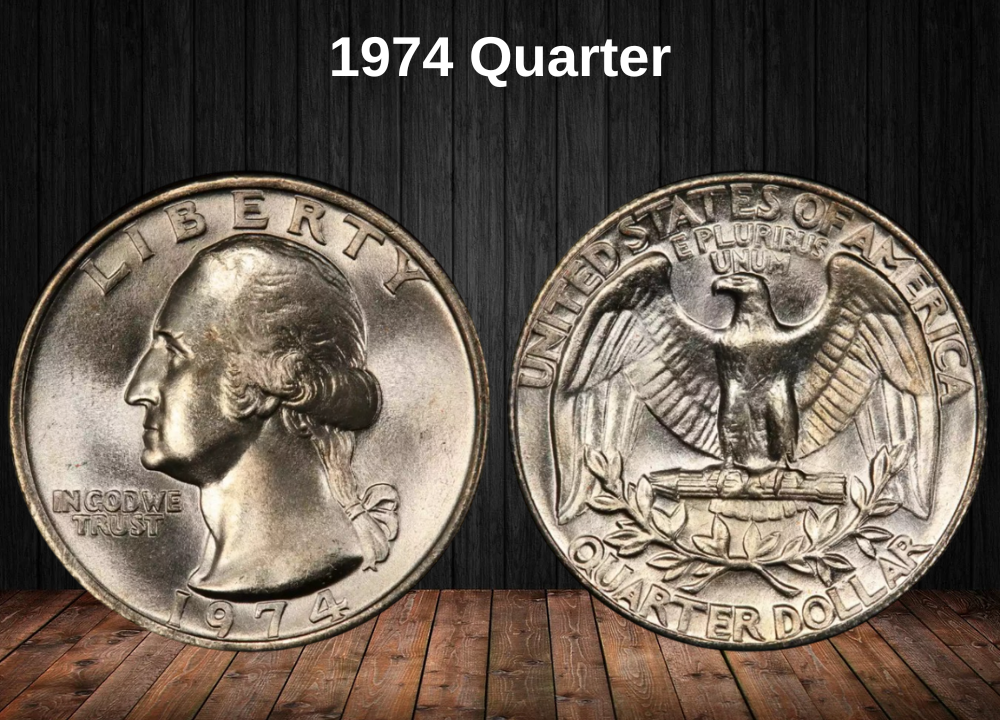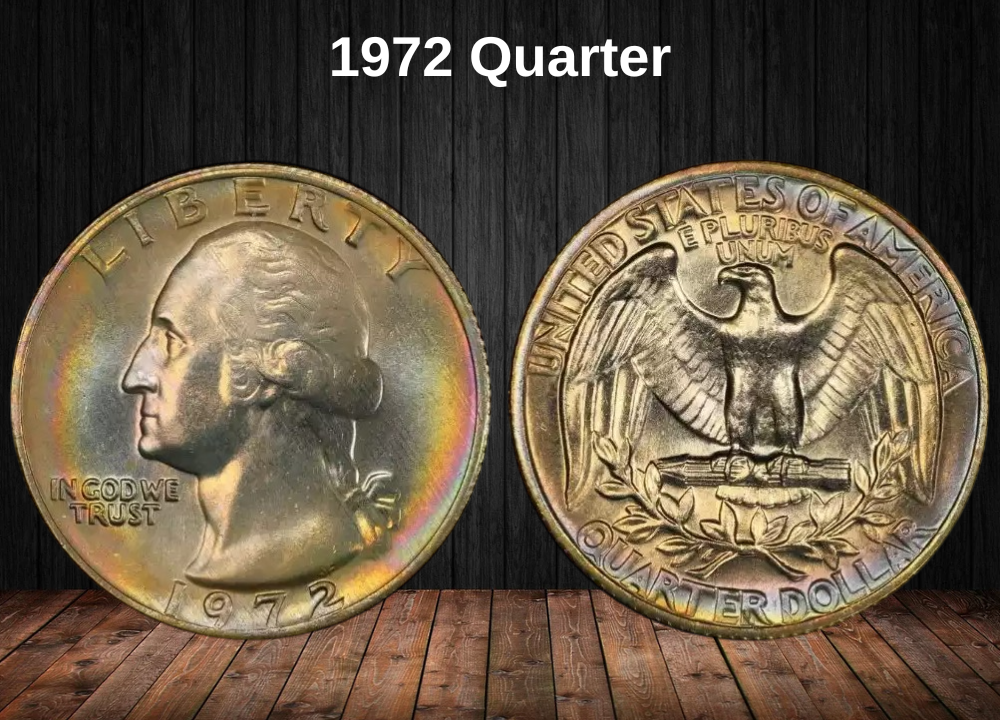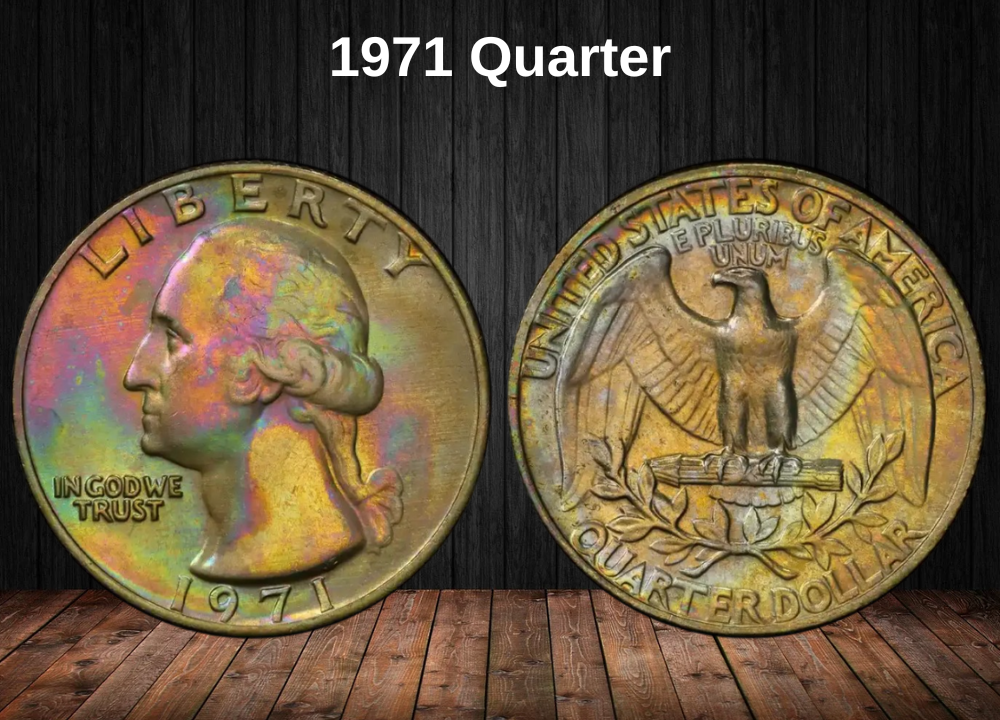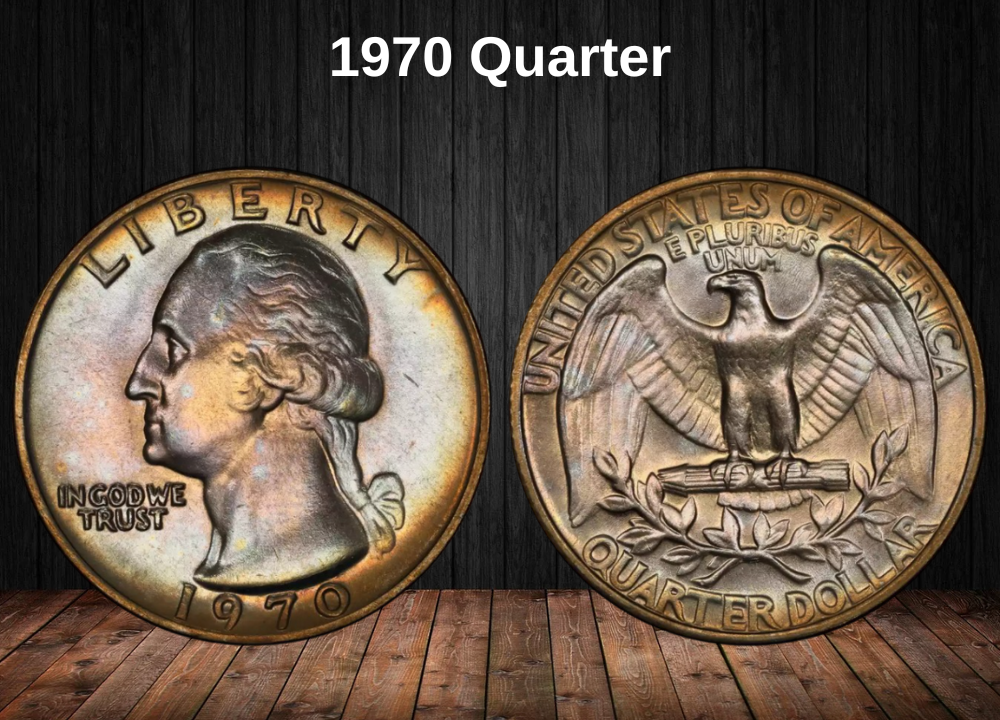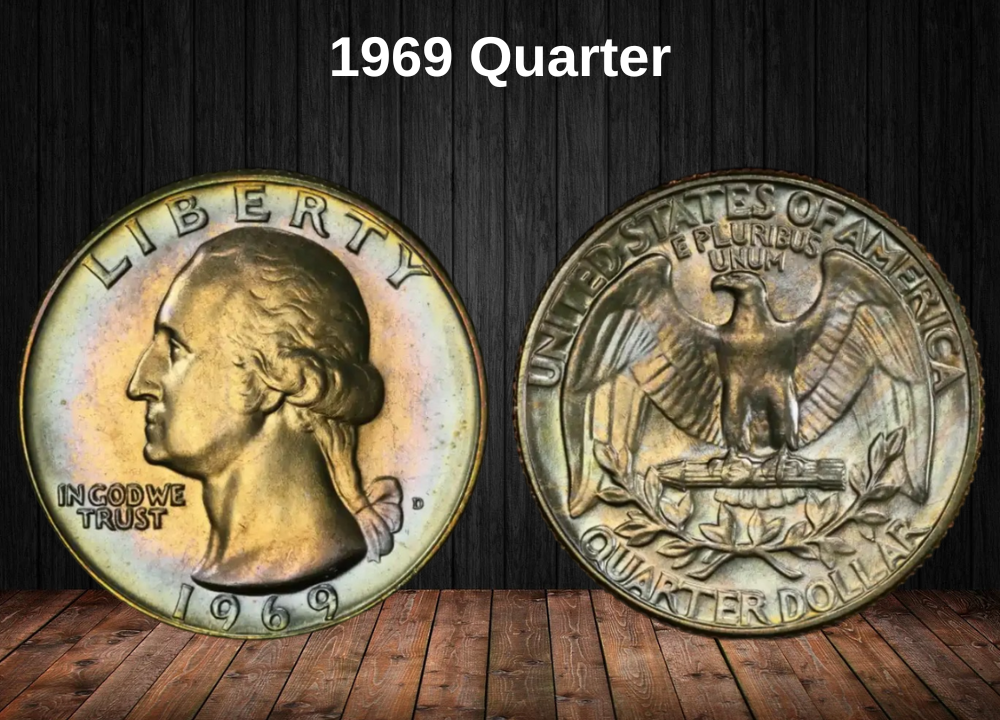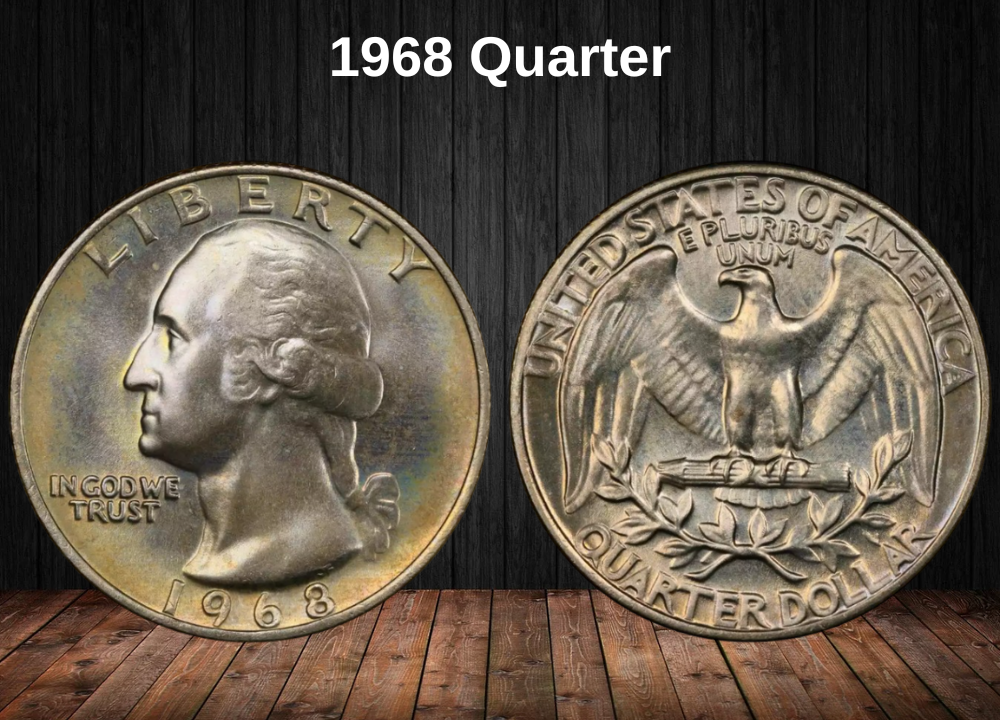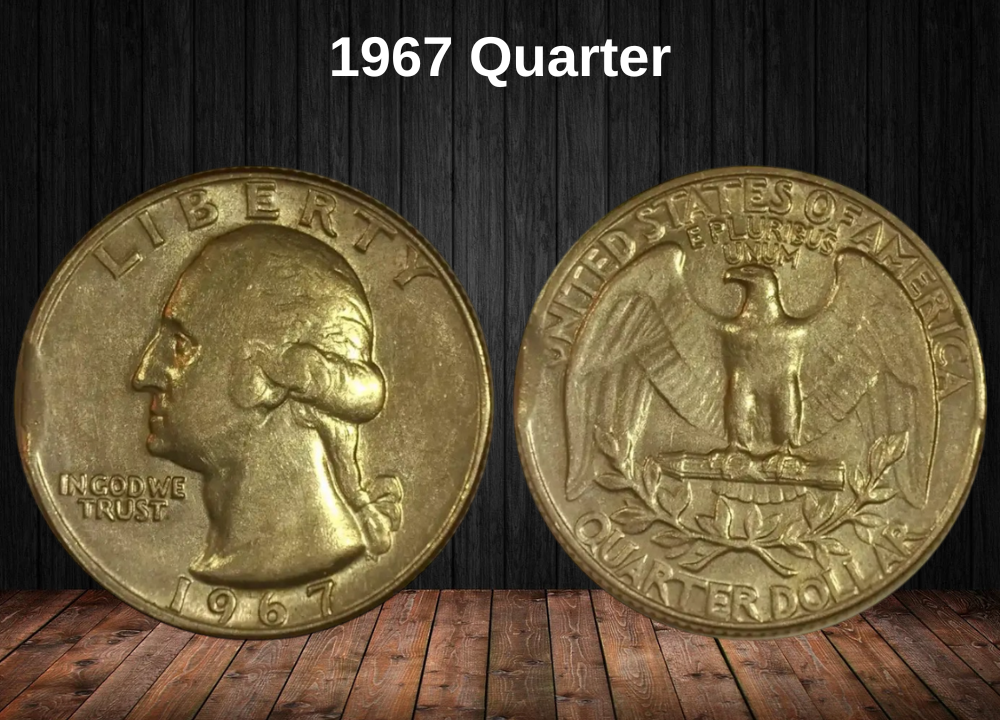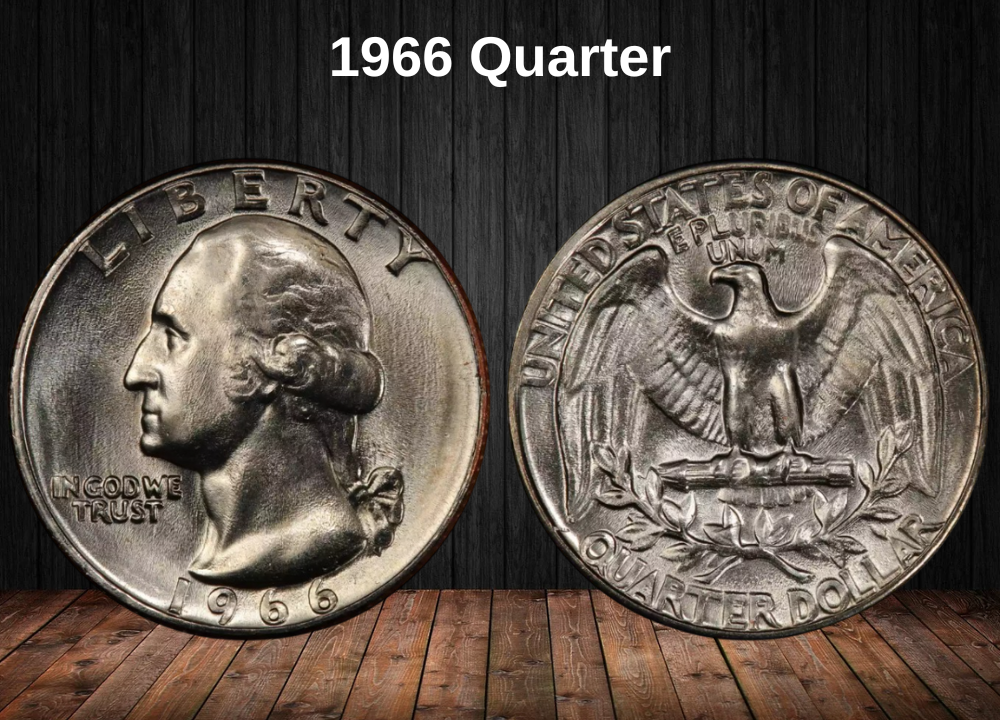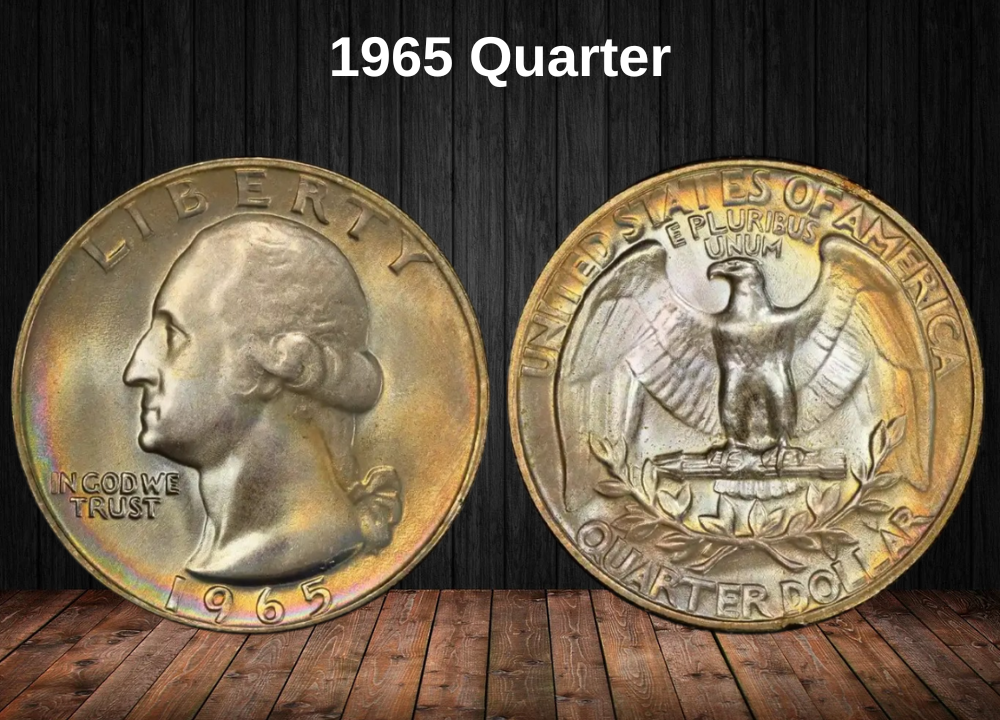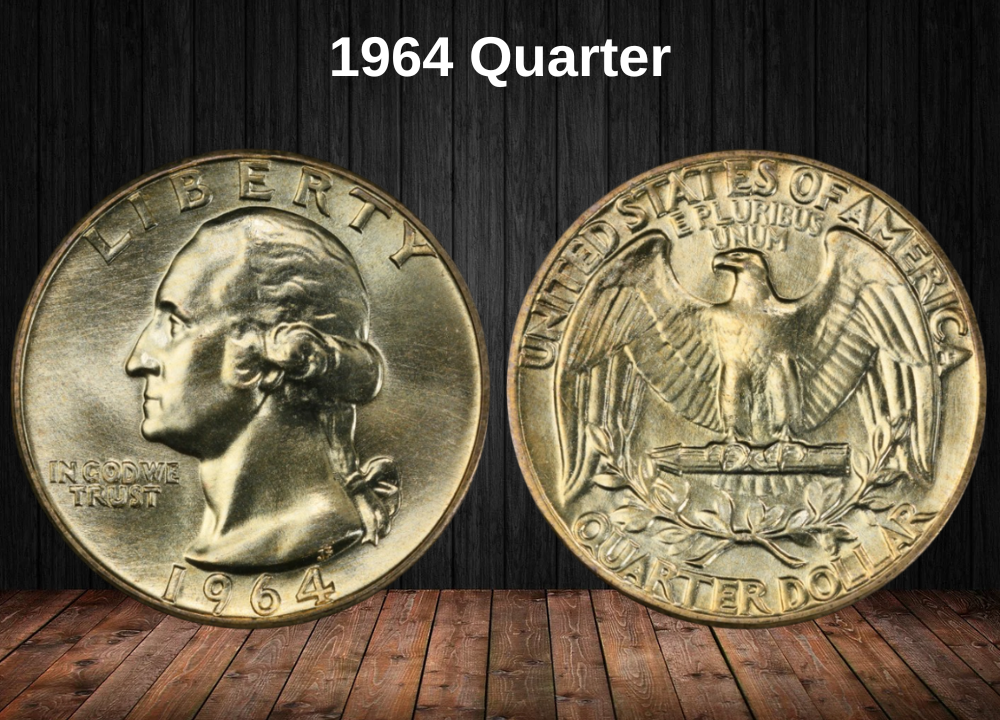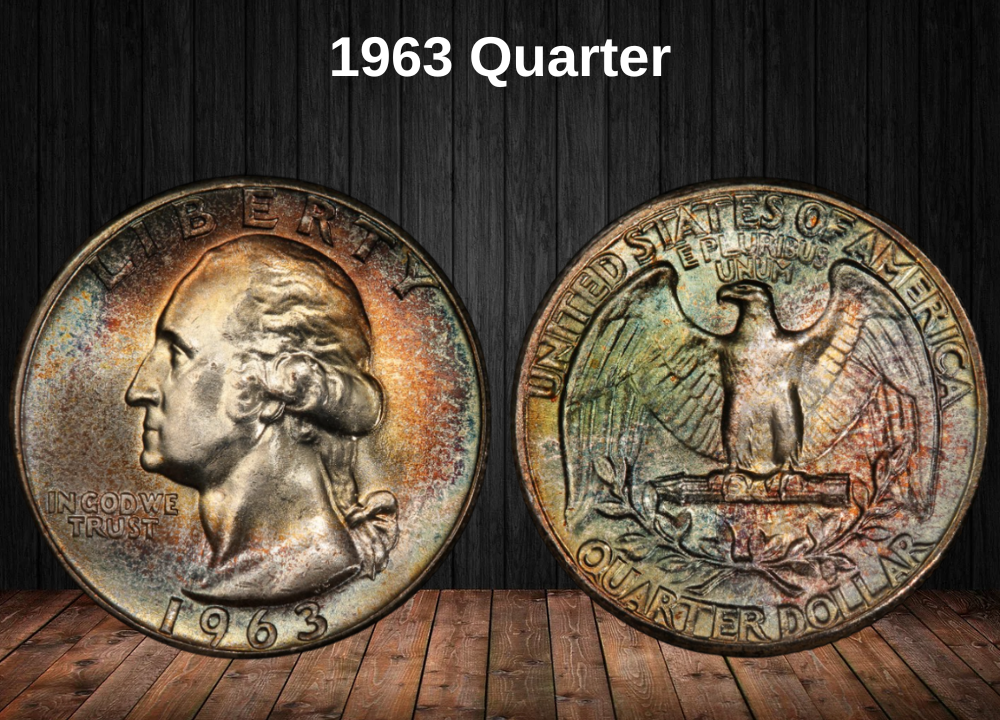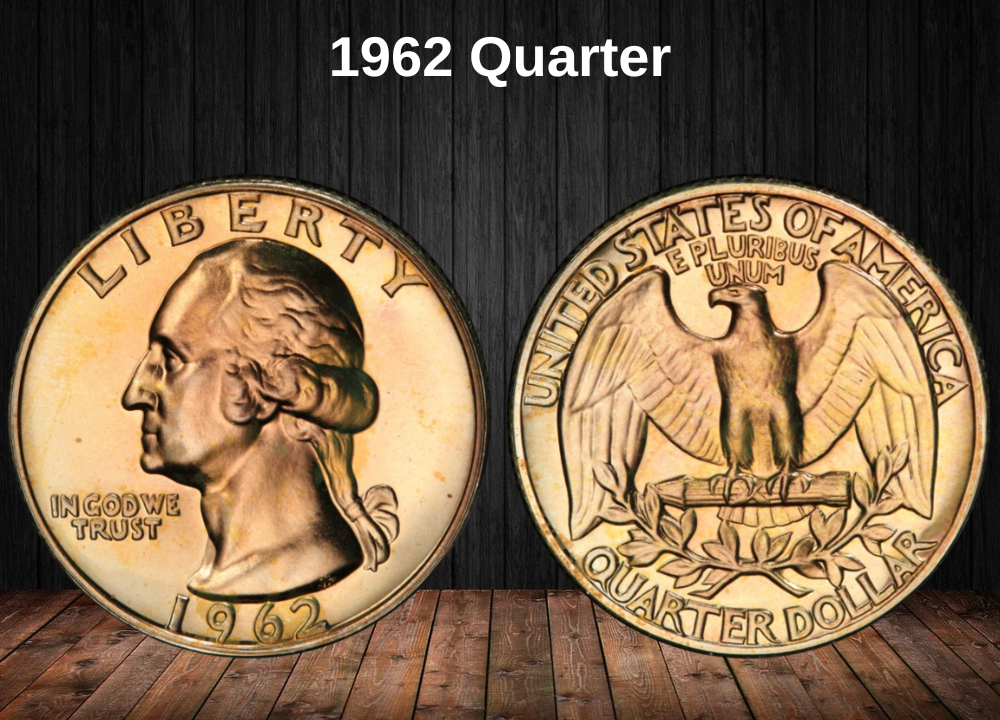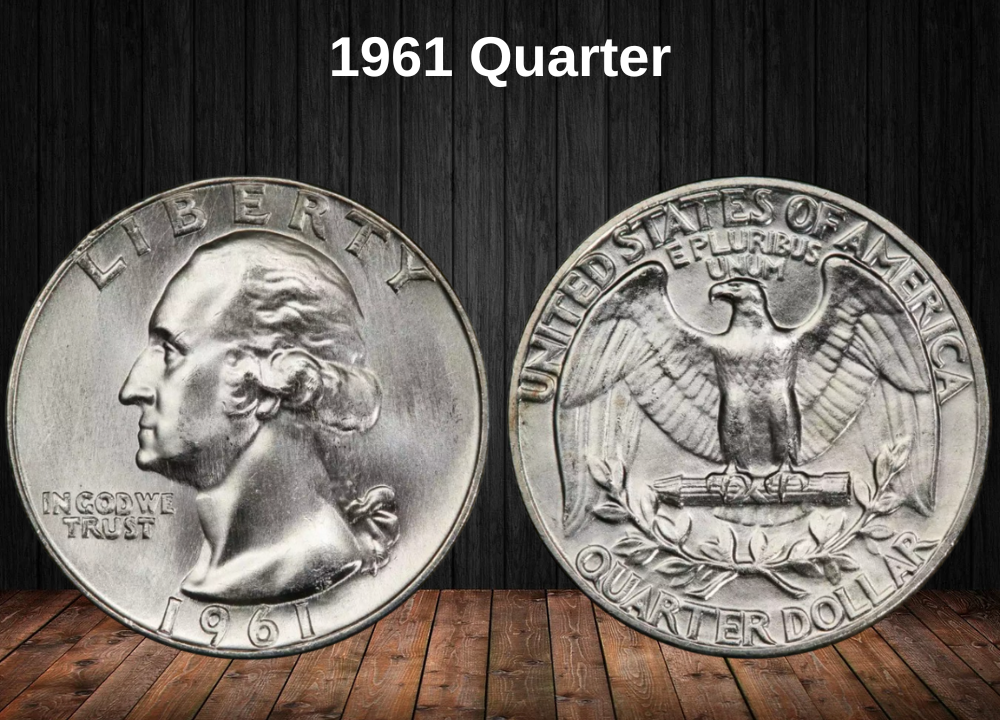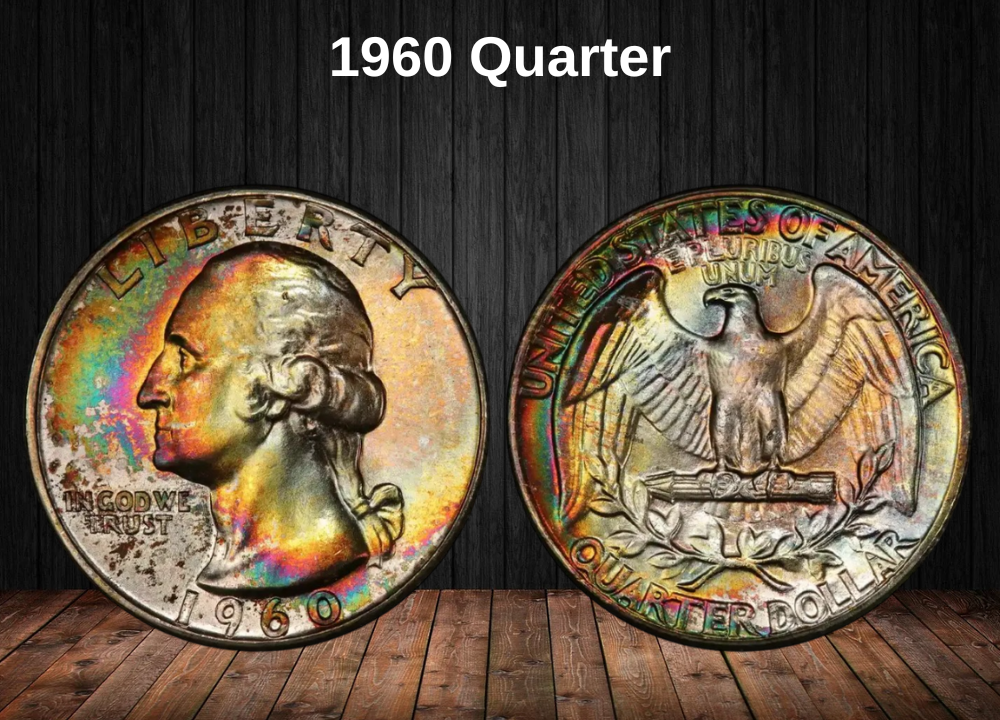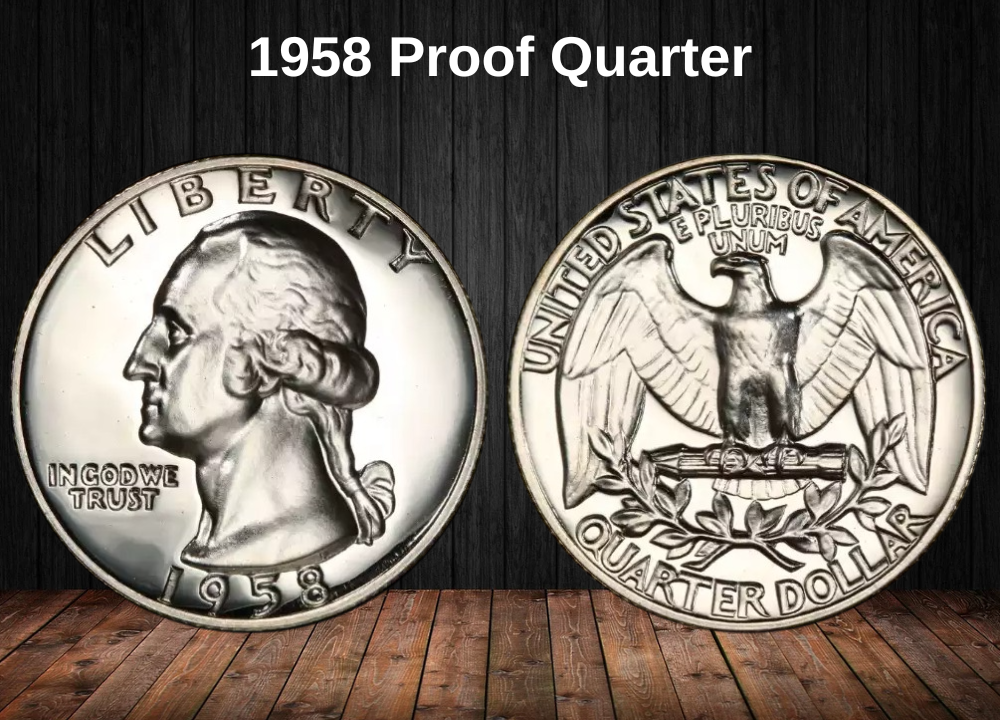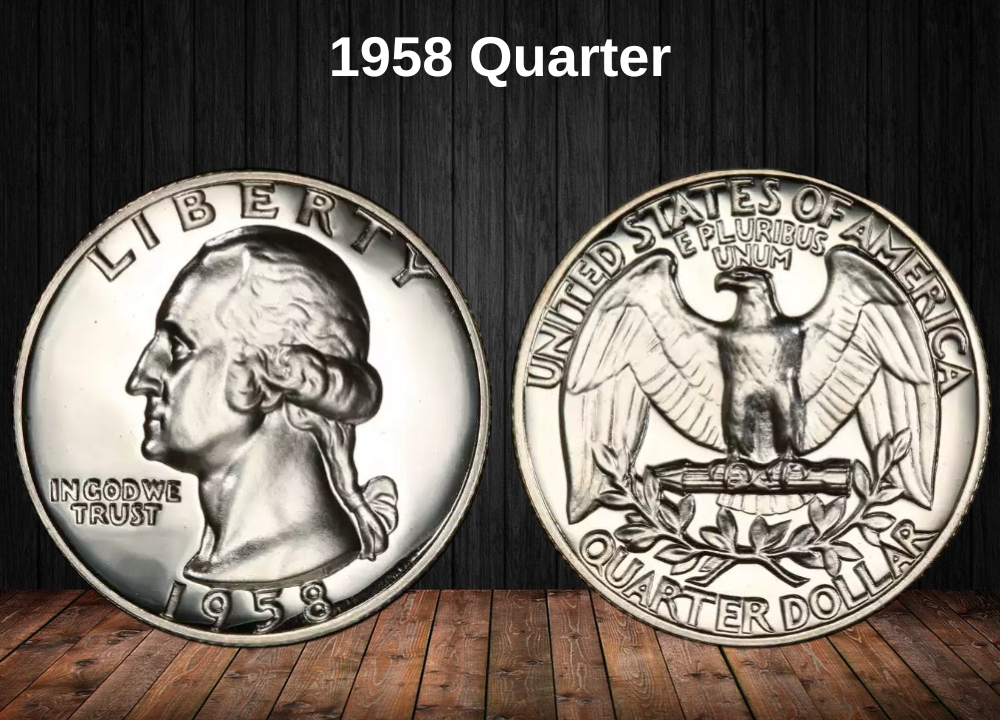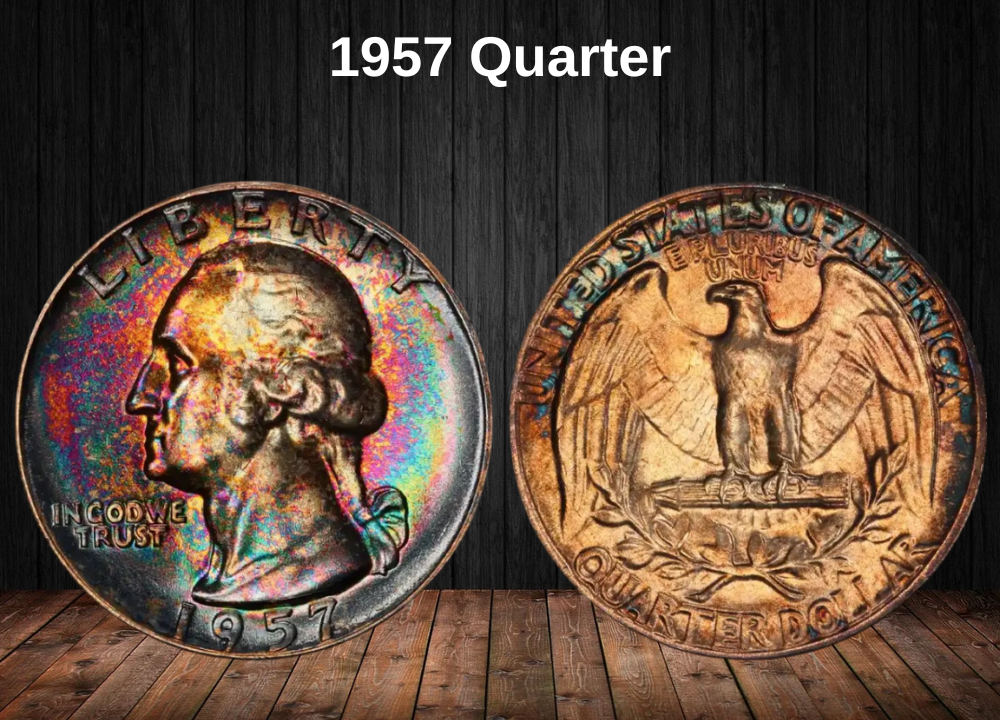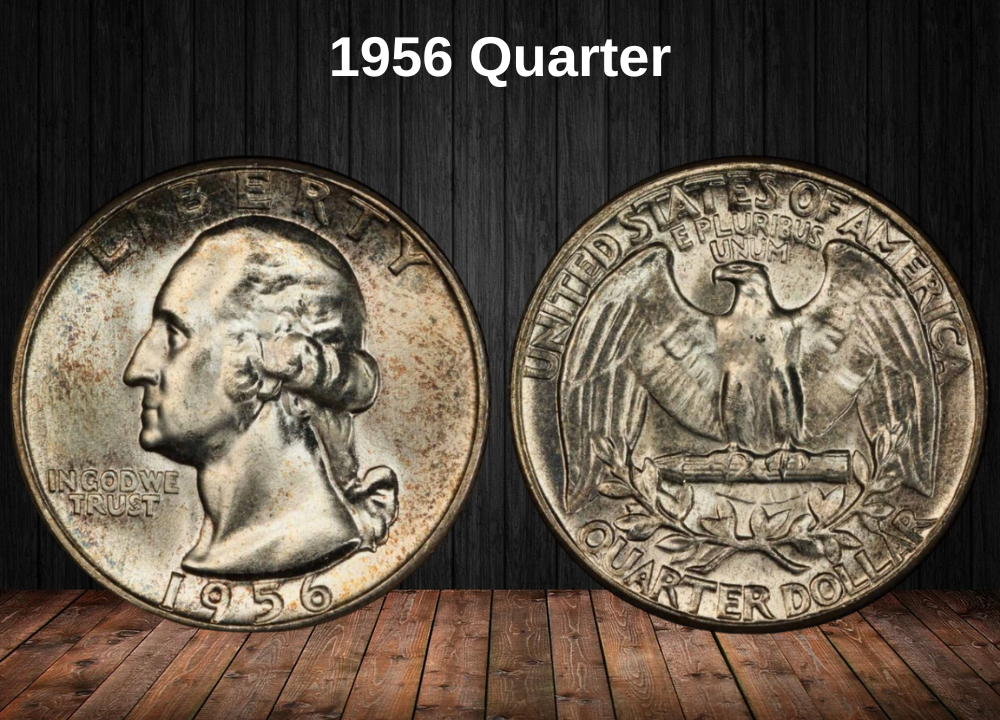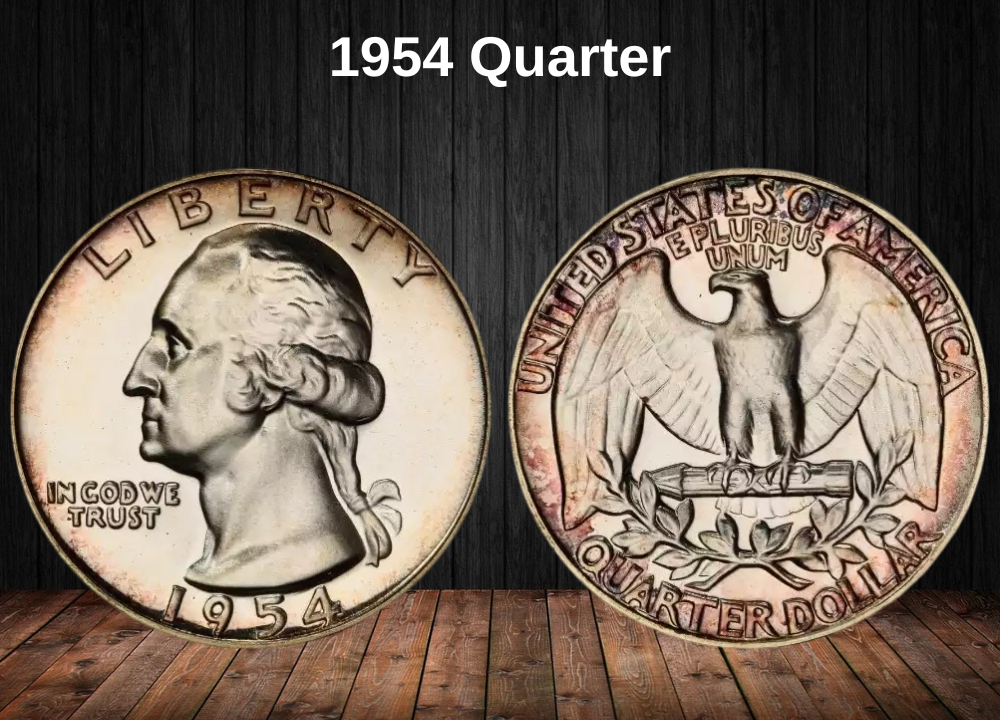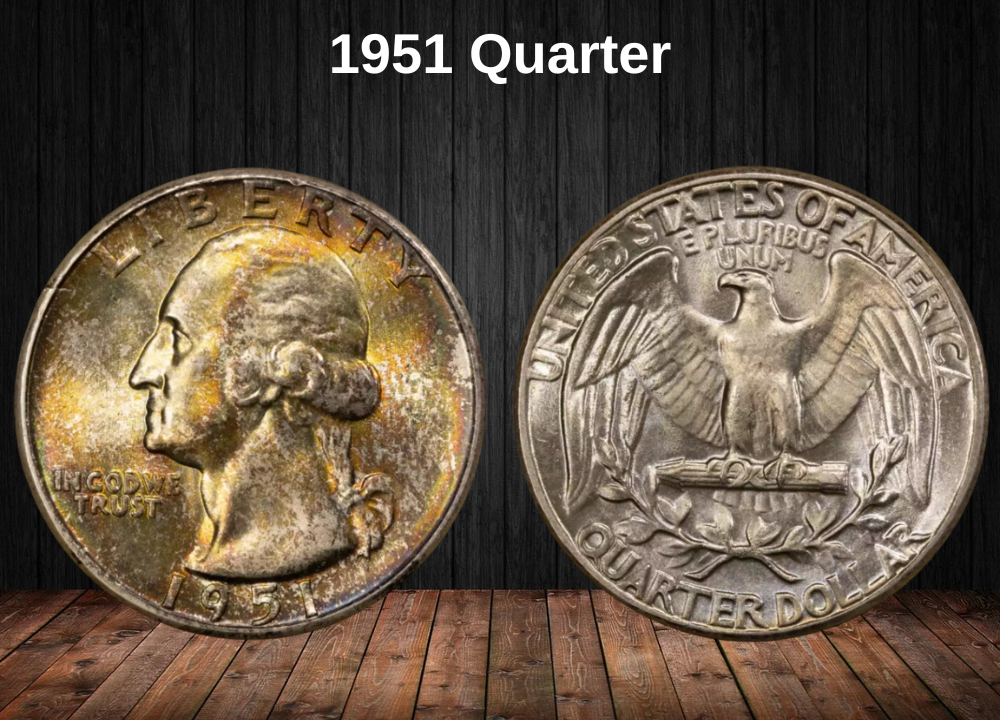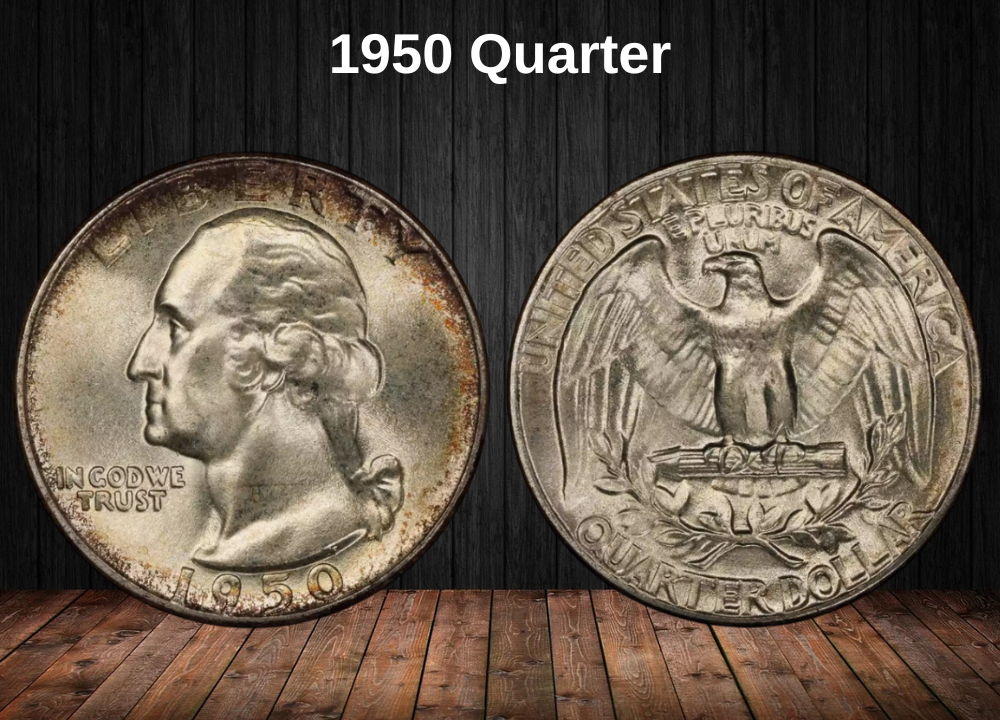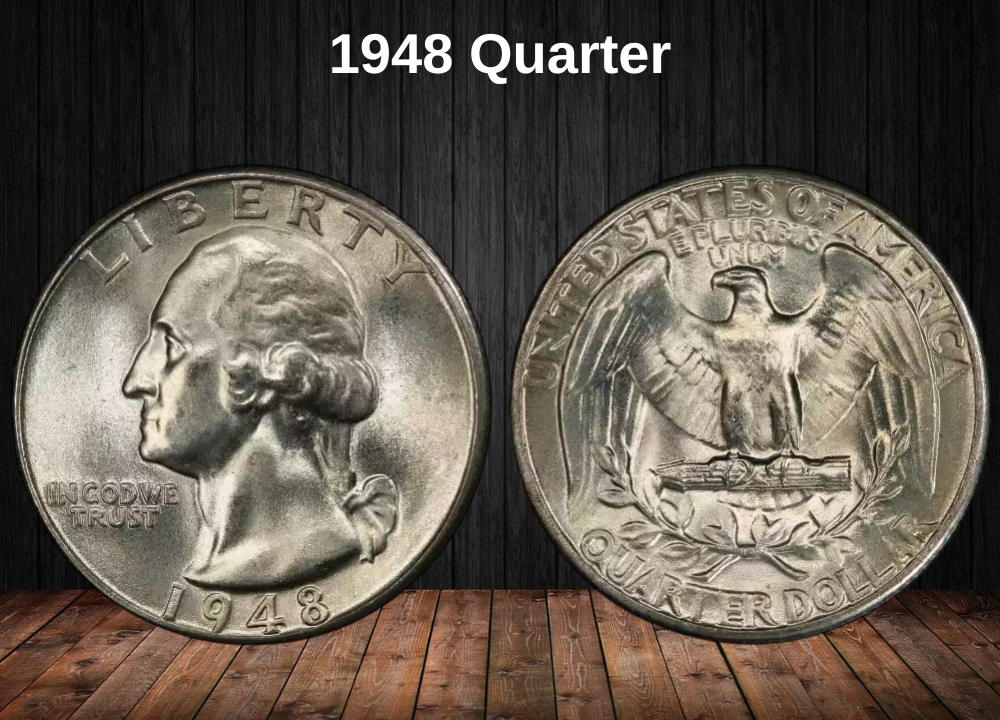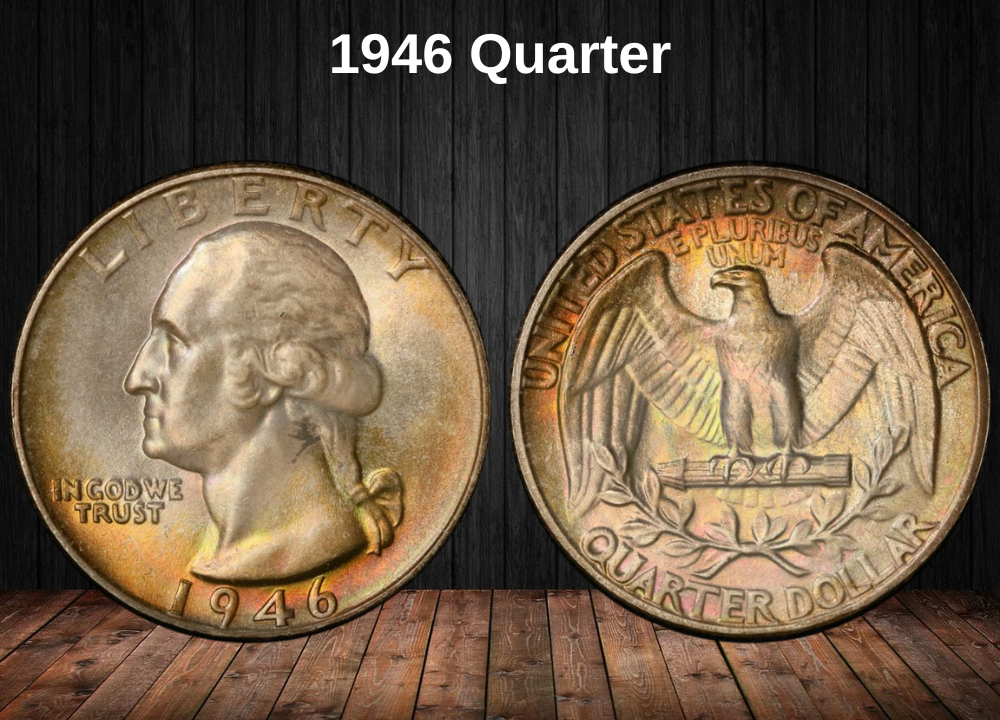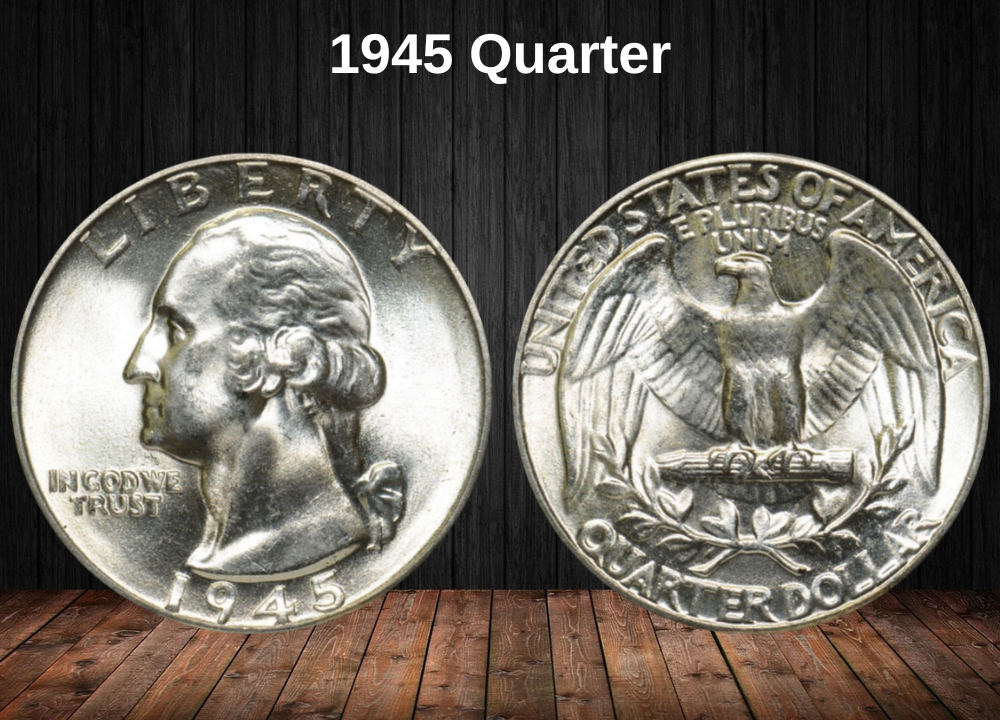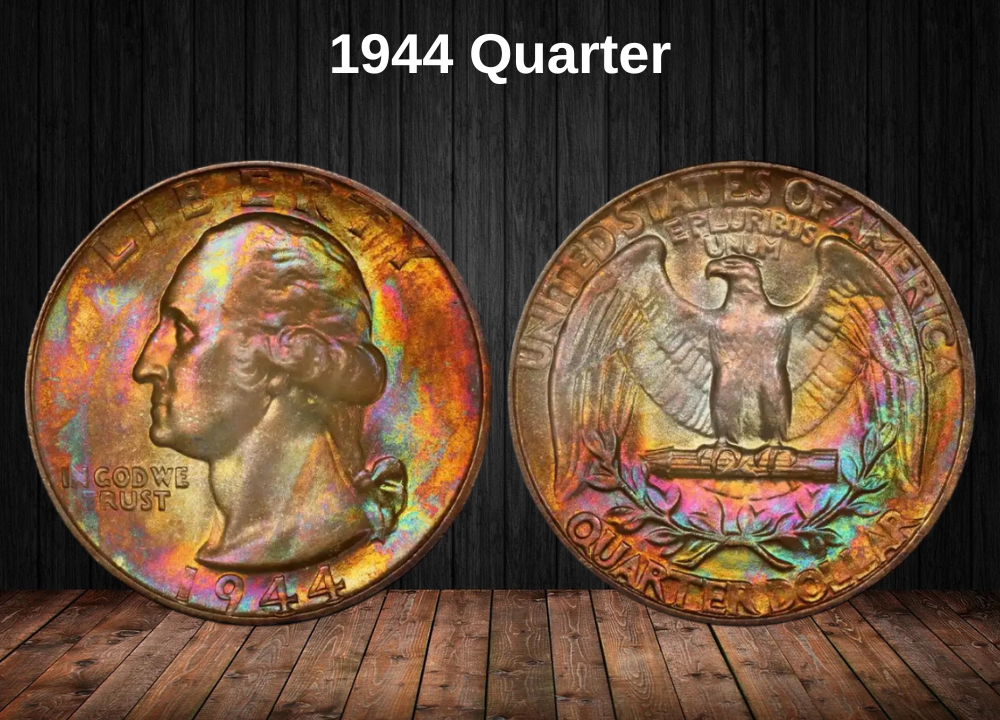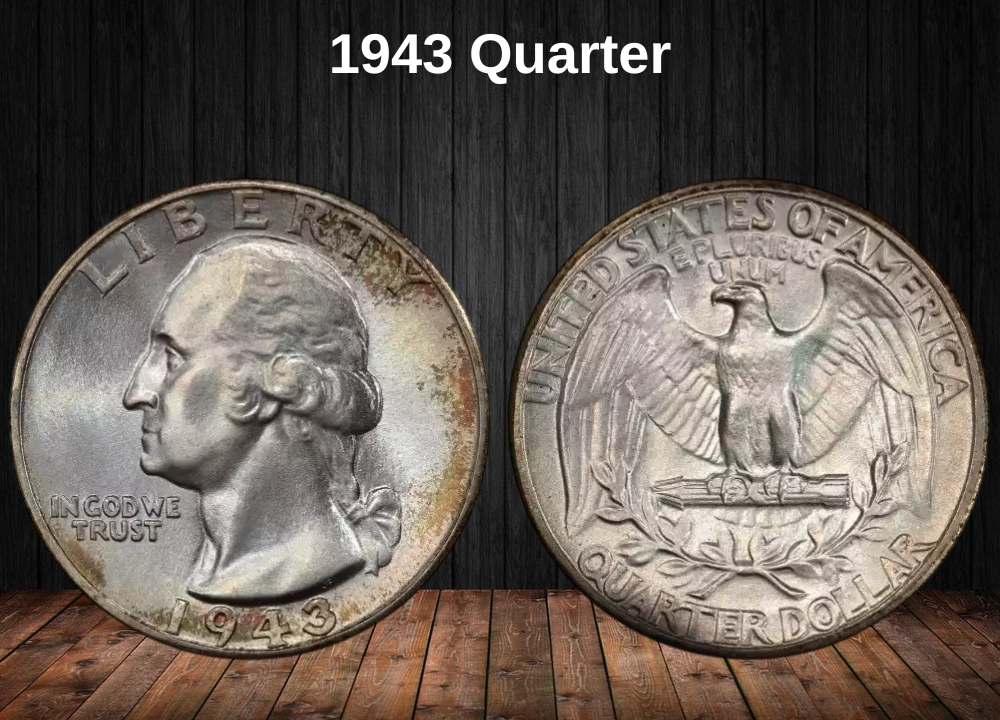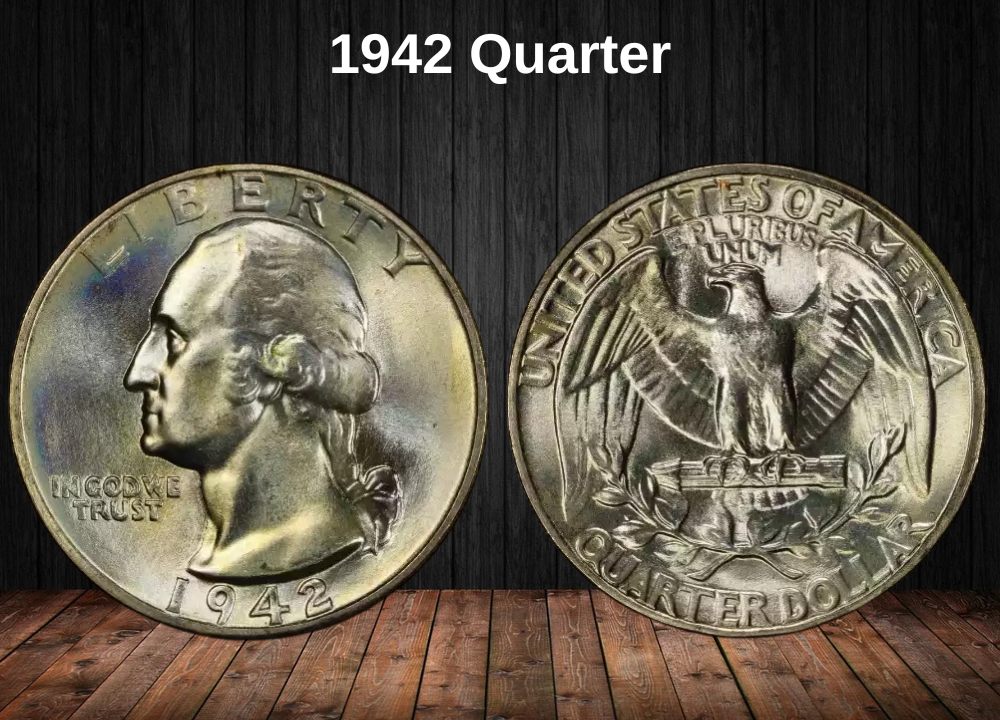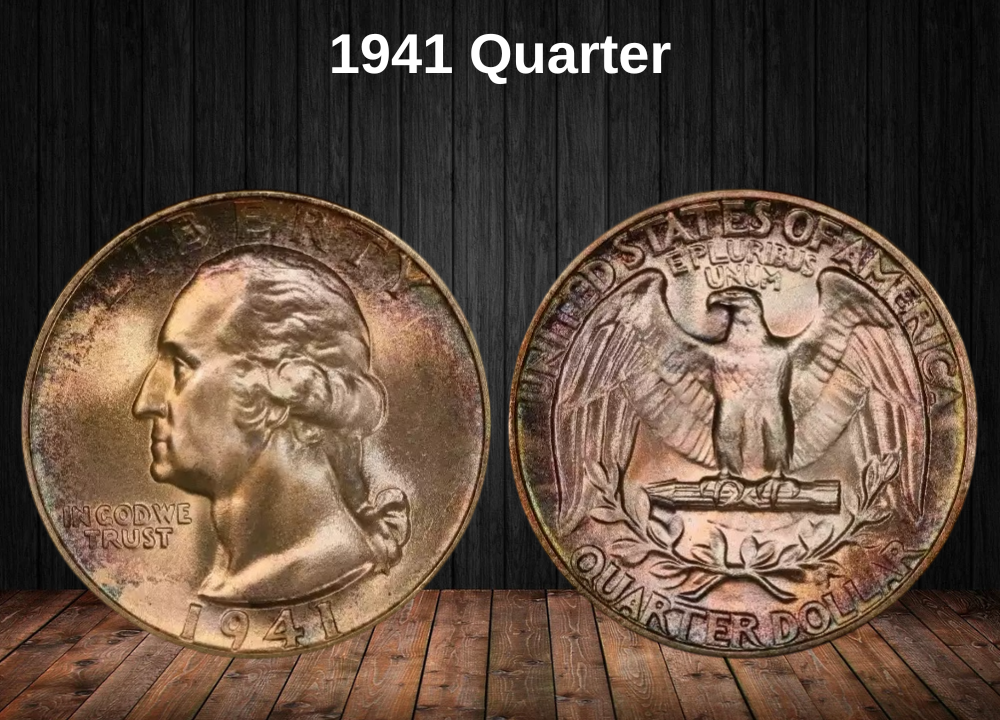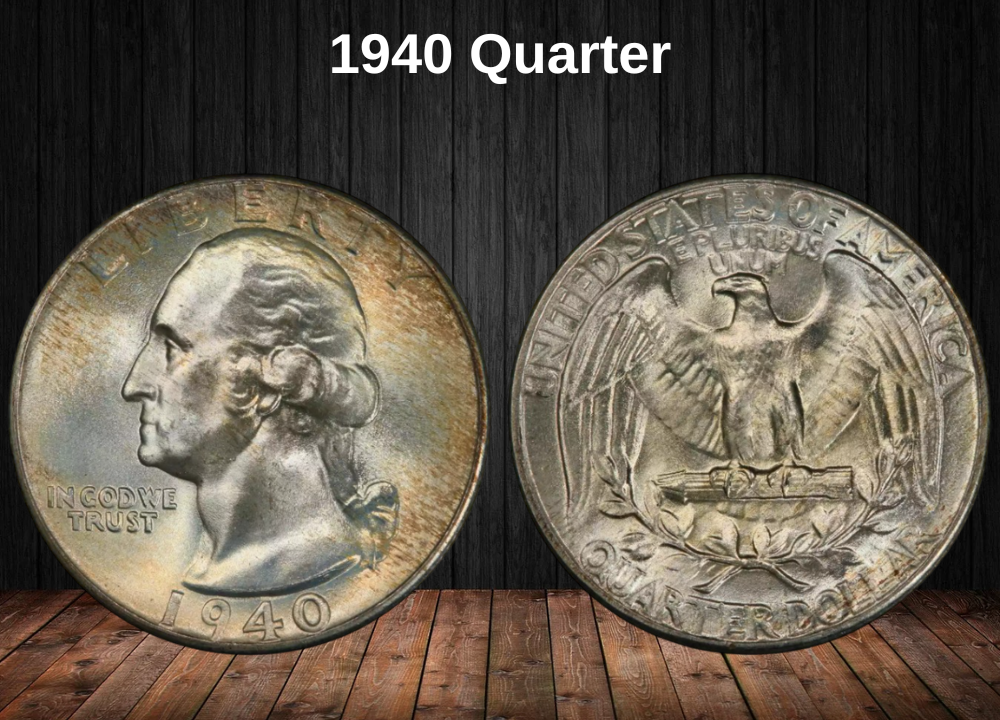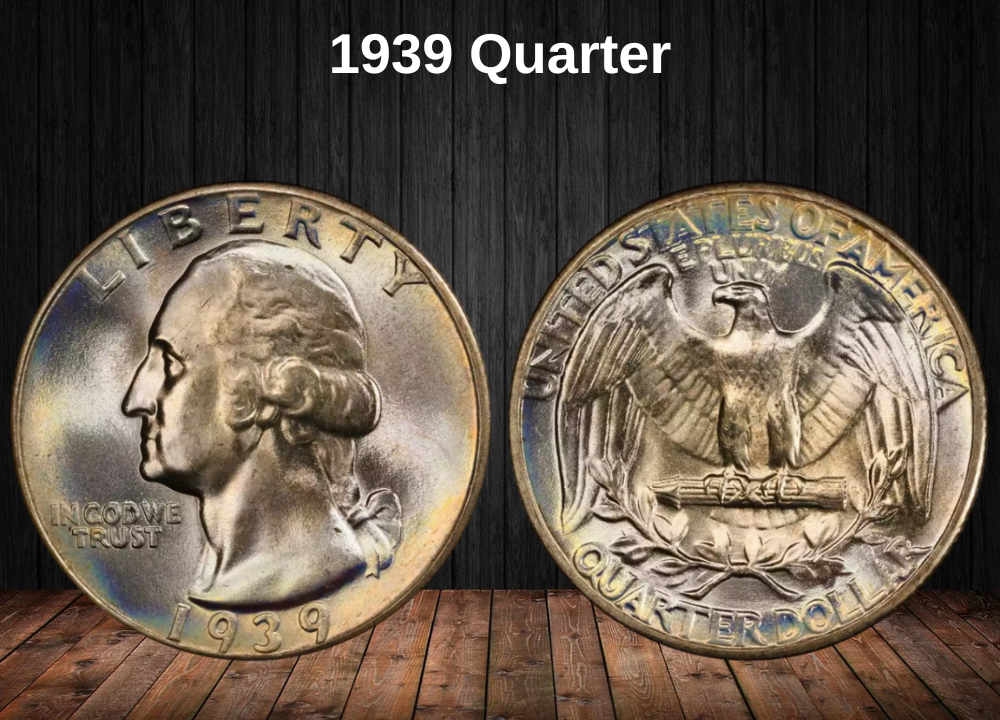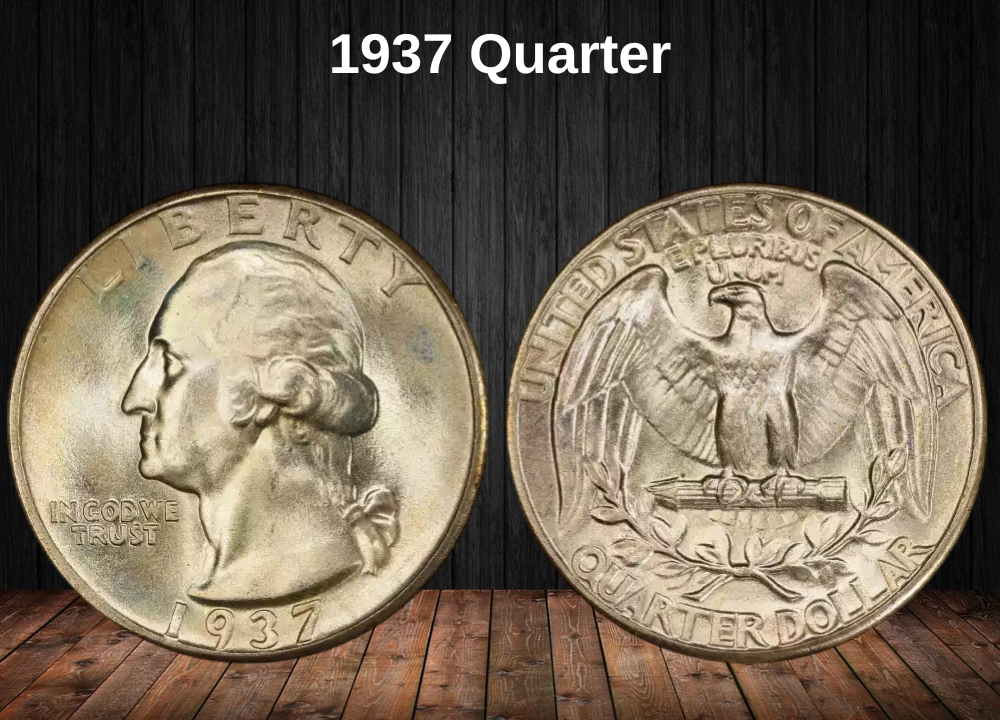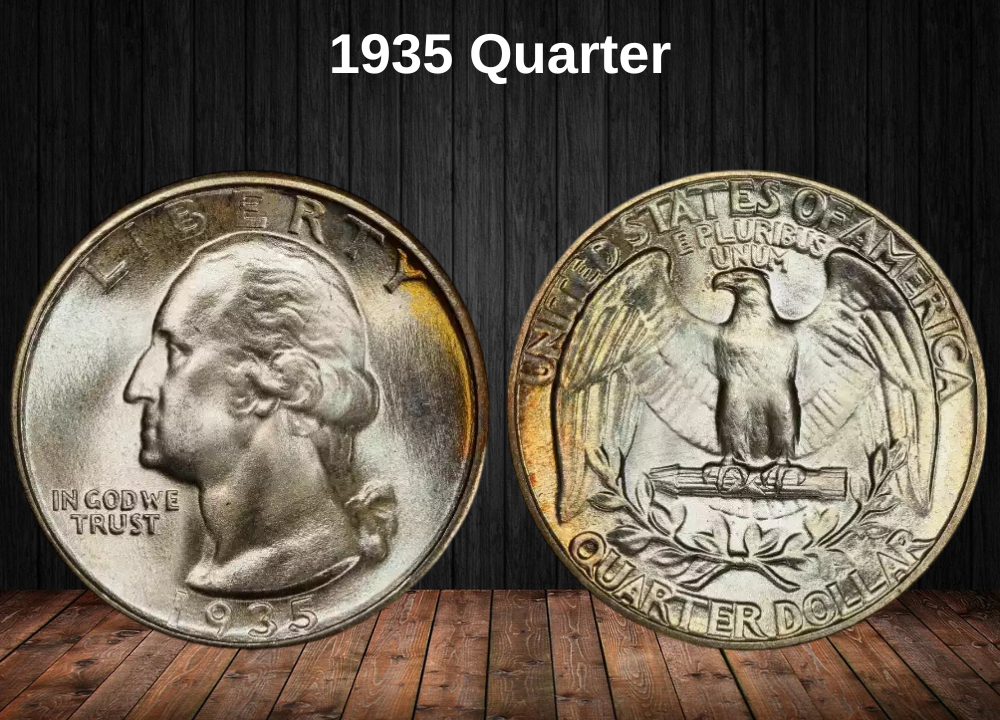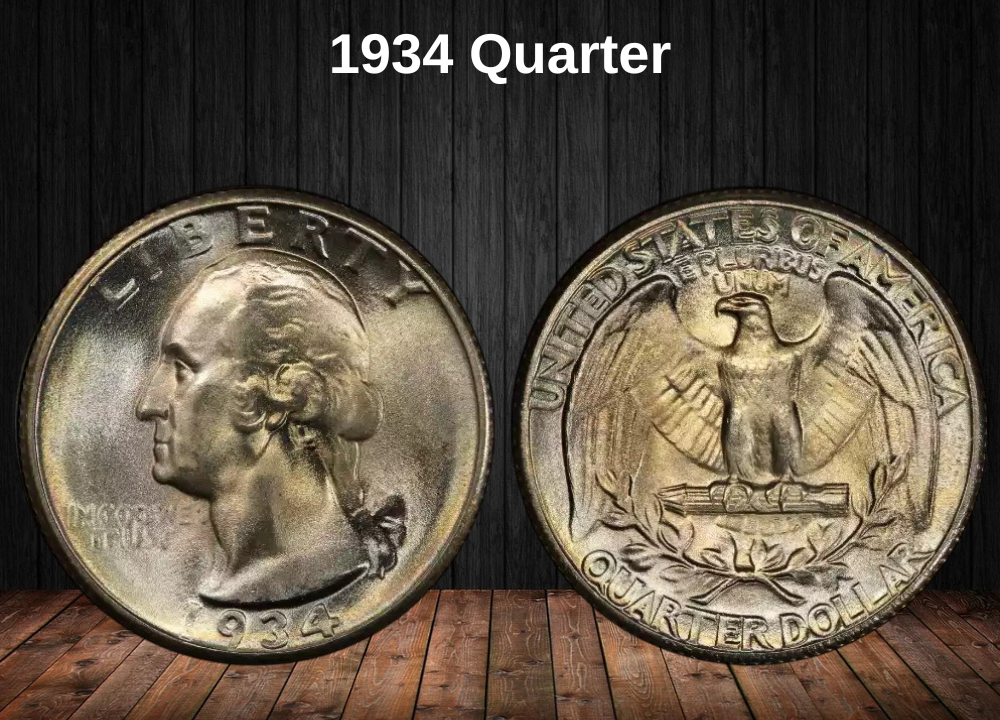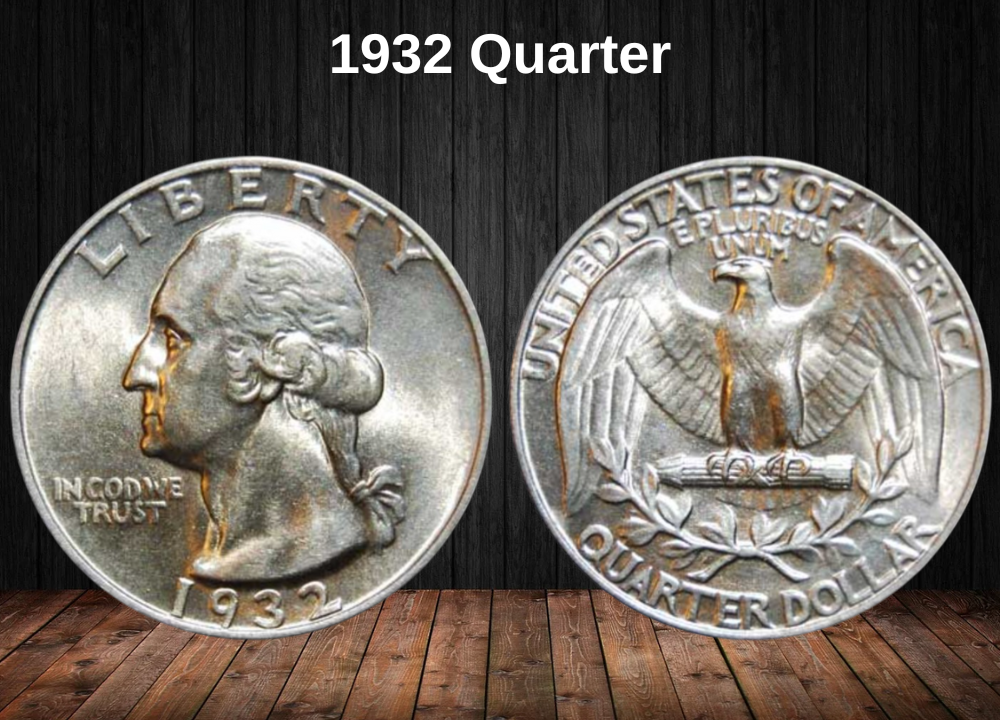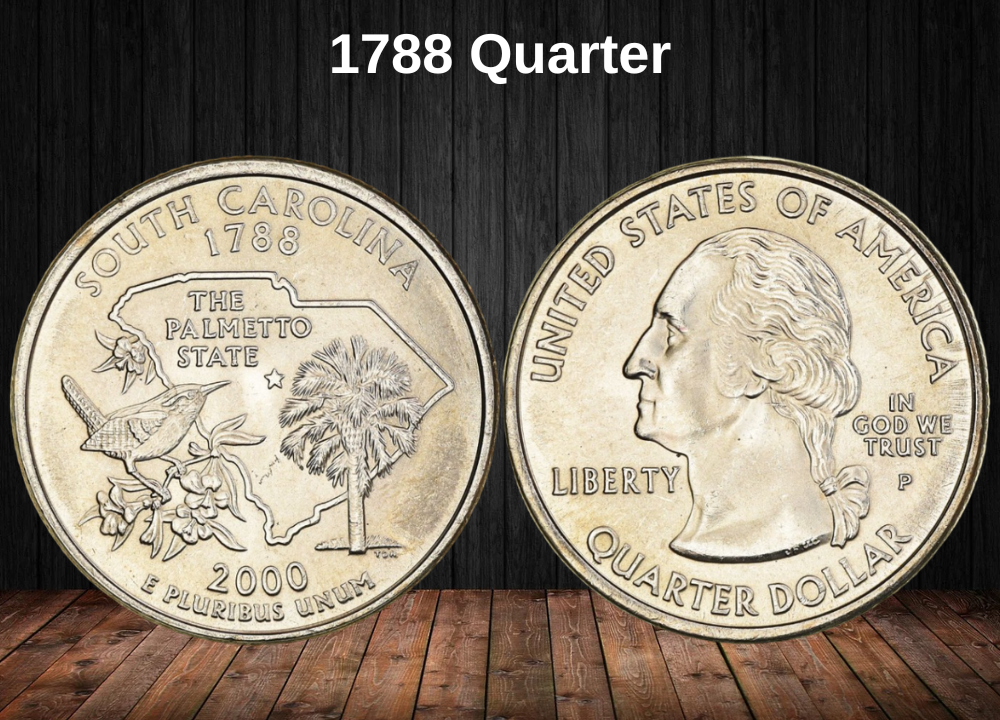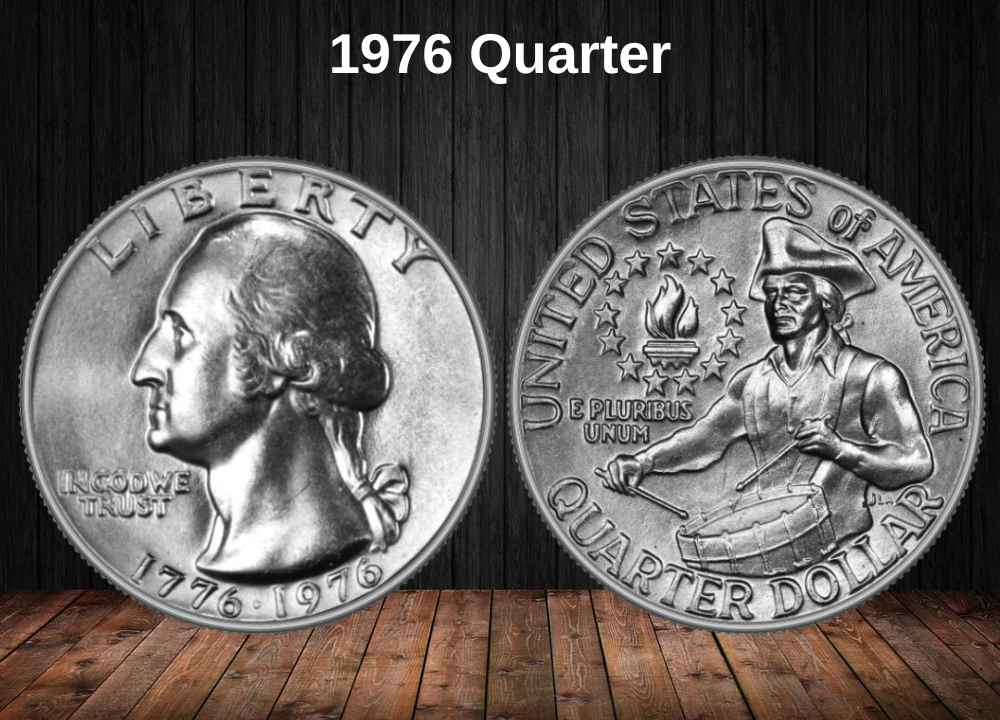The 1973 Washington Quarter marked more than four decades of continuous use of John Flanagan’s design, which had become a cornerstone of modern U.S. coinage. By this point, collectors and the public were fully accustomed to the clad composition introduced in 1965, and silver quarters were already becoming nostalgic relics of the past.
Despite being a common circulation year, 1973 quarters offer intriguing opportunities for collectors thanks to mint-specific differences and proof striking quality. Circulated business strikes from both Philadelphia and Denver generally trade close to face value, but Mint State survivors in pristine condition can jump dramatically in price.
The Denver issues are particularly sought after, with top-grade coins reaching $34.57. Meanwhile, San Francisco proofs provide the most visually striking options—mirror-like Deep Cameo (DCAM) examples command $11.80 and remain popular due to their exceptional contrast.
In this guide, we’ll explore the 1973 quarter values across all varieties, from no mint mark to Denver and San Francisco proofs, along with their grading impact.
1973 Quarter Value By Variety
The table below shows how much your 1973 quarter may be worth depending on mint mark and condition. While most circulated coins hover near face value, Mint State and Proof specimens are where the real collector premiums emerge.
| Type | Good | Fine | AU | MS | PR |
|---|---|---|---|---|---|
| 1973 No Mint Mark Quarter Value | $0.25 | $0.29 | $0.67 | $10.83 | — |
| 1973 D Quarter Value | $0.25 | $0.29 | $0.67 | $34.57 | — |
| 1973 S Proof Quarter Value | — | — | — | — | $5.75 |
| 1973 S CAM Quarter Value | — | — | — | — | $6.62 |
| 1973 S DCAM Quarter Value | — | — | — | — | $11.80 |
Top 7 Most Valuable 1973 Quarters Worth Money
| Rank | Coin Variety & Grade | Price Realized |
|---|---|---|
| 1 | 1973-D Washington Quarter MS67+ | $3,055 |
| 2 | 1973 No Mint Mark Quarter MS67 | $1,320 |
| 3 | 1973-S Proof Quarter PR70 DCAM | $1,150 |
| 4 | 1973-D Washington Quarter MS67 | $975 |
| 5 | 1973-S Proof Quarter PR69 DCAM | $720 |
| 6 | 1973-S Proof Quarter PR69 CAM | $450 |
| 7 | 1973 No Mint Mark Quarter MS66+ | $390 |
History of the 1973 Quarter
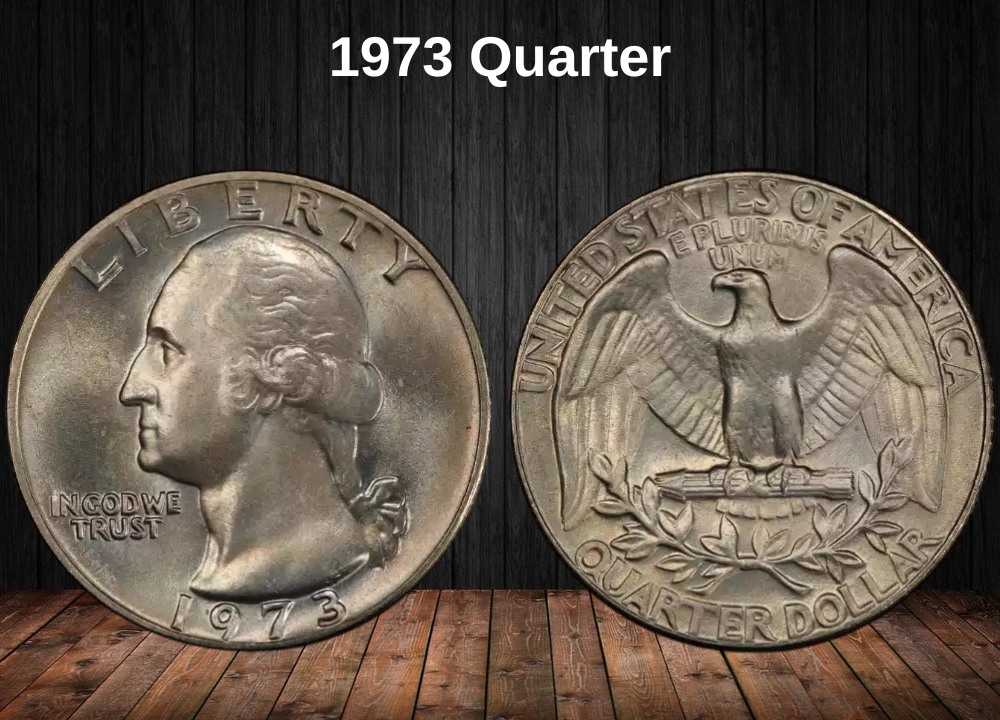
The 1973 Washington quarter sits right in the middle of the clad era, a time when U.S. coinage had fully transitioned away from silver and embraced copper-nickel as the standard composition. By this year, the change—introduced in 1965—was no longer an experiment but the “new normal” for American pocket change.
What makes 1973 quarters particularly interesting is that they reflect a moment when the U.S. Mint was balancing massive production with improved quality control. The Philadelphia and Denver mints struck hundreds of millions of quarters to meet booming demand from a growing economy. Yet despite the high mintages, truly pristine Mint State survivors remain surprisingly scarce, especially from the Denver Mint where striking quality often lagged behind.
This year also marked the continued role of the San Francisco Mint as the sole producer of proof coins. Instead of circulating coins, San Francisco struck over 2.7 million proofs for collectors, many of which today are found in Cameo (CAM) or Deep Cameo (DCAM) finishes. These mirror-like proofs stand out sharply from their business strike counterparts, offering collectors a premium way to showcase the Washington quarter design.
From a historical perspective, the 1973 quarter is a coin of stability. No major design changes occurred, and silver was long gone from regular issues. But the series was building toward the big event of 1976: the U.S. Bicentennial. In this way, 1973 quarters can be seen as part of the final “standard” years before the Mint introduced special commemorative reverses.
For collectors today, 1973 quarters represent both an affordable entry point and a hidden challenge. Common in circulation, yet rare in the highest grades, they capture the essence of modern numismatics: ordinary change that can, under the right conditions, transform into a coin worth hundreds or even thousands of dollars.
Key Features of the 1973 Quarter
The 1973 Washington quarter carries forward John Flanagan’s classic design, first introduced in 1932. By this year, the design had already become an American icon, instantly recognizable in pockets, cash registers, and collector albums alike.
The Obverse of the 1973 Quarter
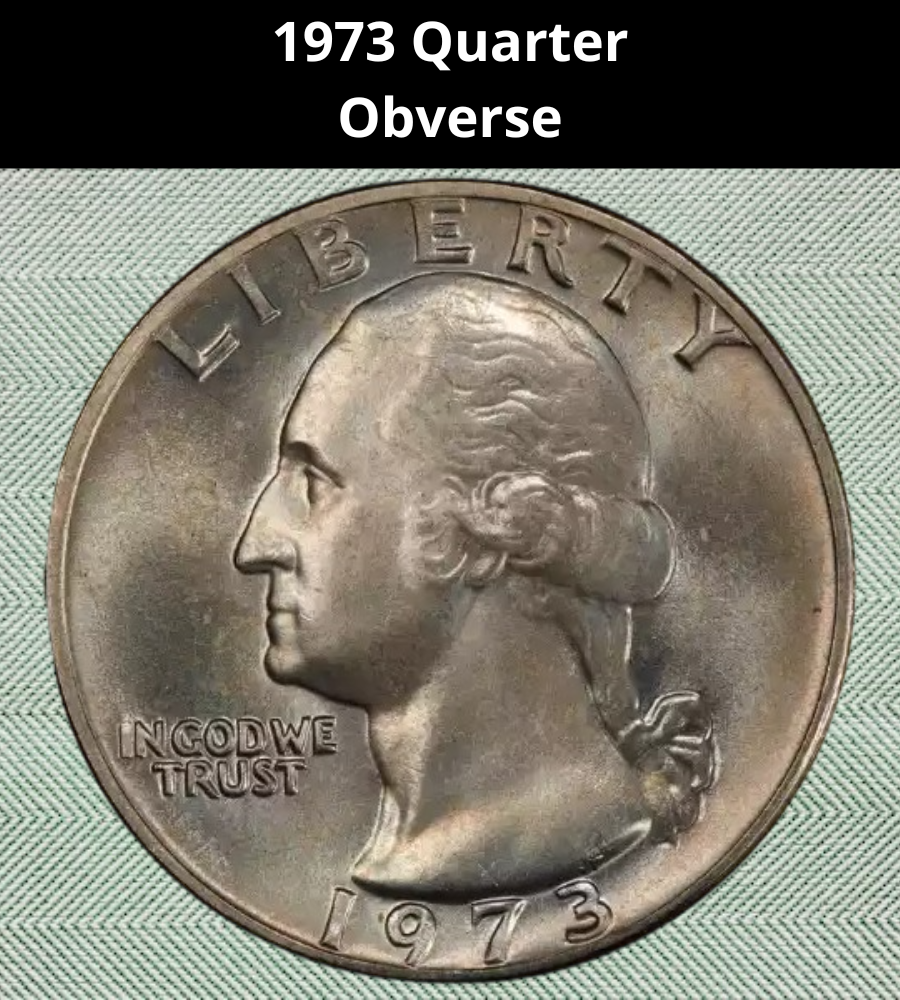
On the obverse, you’ll find George Washington’s left-facing bust, based on Jean-Antoine Houdon’s 18th-century sculpture. The word LIBERTY arches boldly across the top, while IN GOD WE TRUST sits just left of Washington’s chin. At the bottom is the date 1973, anchoring the coin’s obverse design. Beneath the neckline, you can spot the initials JF for John Flanagan, honoring the artist’s contribution.
The Reverse of the 1973 Quarter
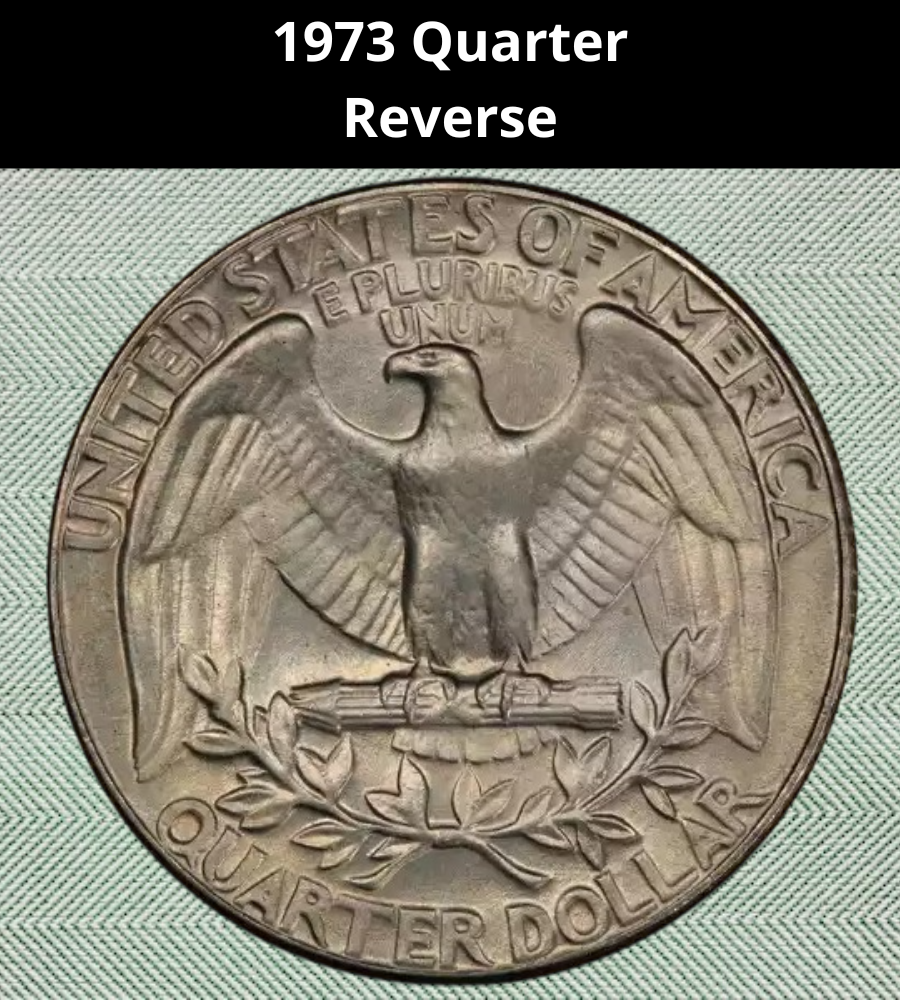
The reverse showcases a heraldic bald eagle, wings spread wide in power and balance. The eagle clutches a bundle of arrows in its talons, symbolizing readiness to defend the nation, while an olive branch wreath rests below as a reminder of peace. Above the eagle appears the motto E PLURIBUS UNUM, and circling the rim are the inscriptions UNITED STATES OF AMERICA and QUARTER DOLLAR.
Other Features of the 1973 Quarter
- Composition: 91.67% copper and 8.33% nickel (clad over a pure copper core).
- Weight: 5.67 grams.
- Diameter: 24.3 mm (0.96 inches).
- Thickness: 1.75 mm.
- Edge: Reeded with 119 reeds.
- Mint Marks: Coins struck in Philadelphia bear no mint mark. Denver coins carry a D mark below the eagle on the reverse, while San Francisco proofs carry an S.
These physical and design features reflect the fully established clad era. By 1973, the U.S. Mint had perfected the copper-nickel clad process, producing durable coins that circulated heavily—yet collectors continue to seek out pristine examples and proof issues that showcase the design at its best.
1973 Quarter Grading
Grading is one of the most important factors when determining the value of a 1973 Washington Quarter. While circulated pieces generally trade close to face value, higher-grade examples and proof issues can command significant premiums.
Key areas to check when grading include:
- Obverse (front): Look closely at Washington’s hair above the ear and cheekbone. These high points show wear first.
- Reverse (back): The eagle’s breast feathers and arrow tips are the most sensitive areas. On lower-grade coins, they appear flat, while Mint State coins show sharp detail.
- Luster: Mint State coins should display full cartwheel luster with minimal marks. Any dullness or friction quickly drops the grade.
- Proofs: For San Francisco proofs, grading focuses on the clarity of mirrored fields, cameo contrast, and the absence of hairlines or spotting.
1973 Quarter Grading Chart
| Grade | Description | Average Value Range |
|---|---|---|
| G-4 (Good) | Heavy wear, major details visible but flat. | $0.25 |
| F-12 (Fine) | Moderate wear, most lettering sharp, Washington’s profile clear. | $0.29 |
| AU-50 (About Uncirculated) | Light wear on high points, nearly full design detail. | $0.67 |
| MS-60 (Mint State) | Uncirculated, but with noticeable contact marks and weaker luster. | $5 – $10 |
| MS-65 (Gem Uncirculated) | Strong luster, sharp strike, minimal marks. | $40 – $120 |
| MS-67+ (Superb Gem) | Exceptional luster and strike, almost flawless. Rare for 1973. | $250 – $500+ |
| PR-65 (Proof) | Strong mirrored fields, minor imperfections. | $5 – $10 |
| PR-67 CAM | Frosted devices with good contrast, nearly perfect surfaces. | $25 – $50 |
| PR-69 DCAM | Deep cameo contrast, flawless surfaces under magnification. | $200 – $325+ |
1973 Quarter Value Guides
1973 No Mint Mark Quarter Value
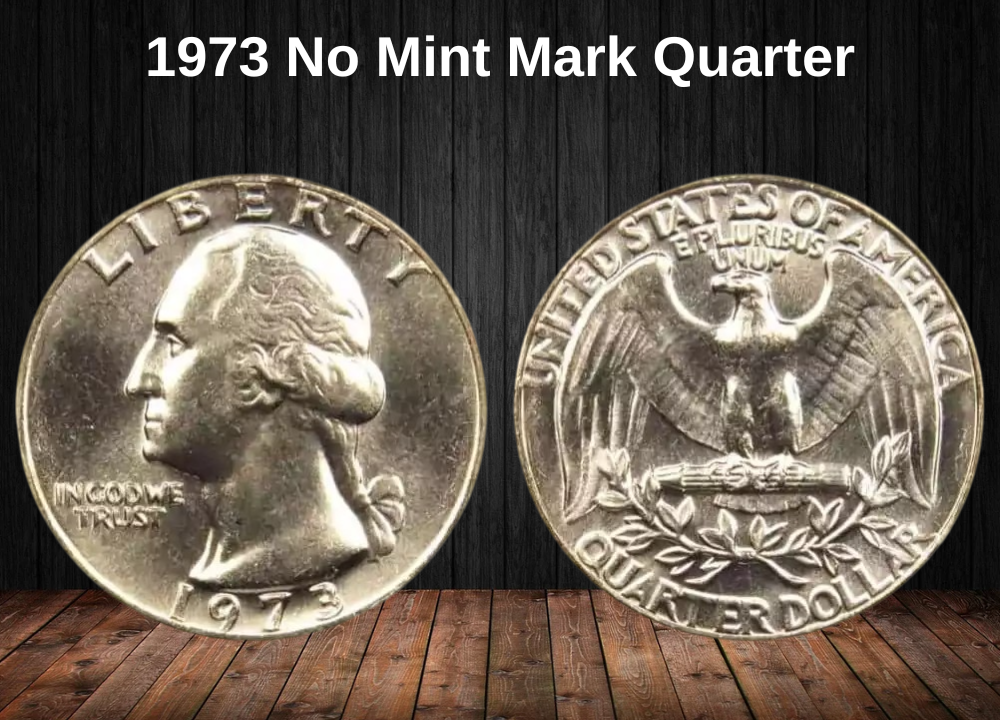
The 1973 No Mint Mark Quarter was struck at the Philadelphia Mint, which at the time did not use a mint mark. With millions of pieces released into circulation, most examples remain common and are often worth face value in worn condition.
What makes these coins interesting is not their rarity in circulation, but rather the challenge of finding well-preserved Mint State examples. Due to heavy use in commerce during the 1970s, high-grade survivors are surprisingly scarce. Collectors especially value coins graded MS-65 or higher, as sharp strikes with full luster become harder to locate.
Prooflike qualities are not expected on these coins, but eye appeal—such as clean surfaces and attractive toning—can push values significantly above standard price guides.
1973 No Mint Mark Quarter Value/Grade Chart
| Grade | Value Range |
|---|---|
| G-4 (Good) | $0.25 |
| F-12 (Fine) | $0.29 |
| AU-50 (About Uncirculated) | $0.67 |
| MS-60 (Mint State) | $3 – $6 |
| MS-63 | $8 – $15 |
| MS-65 (Gem Uncirculated) | $25 – $50 |
| MS-67 (Superb Gem) | $120 – $300+ |
1973-D Quarter Value
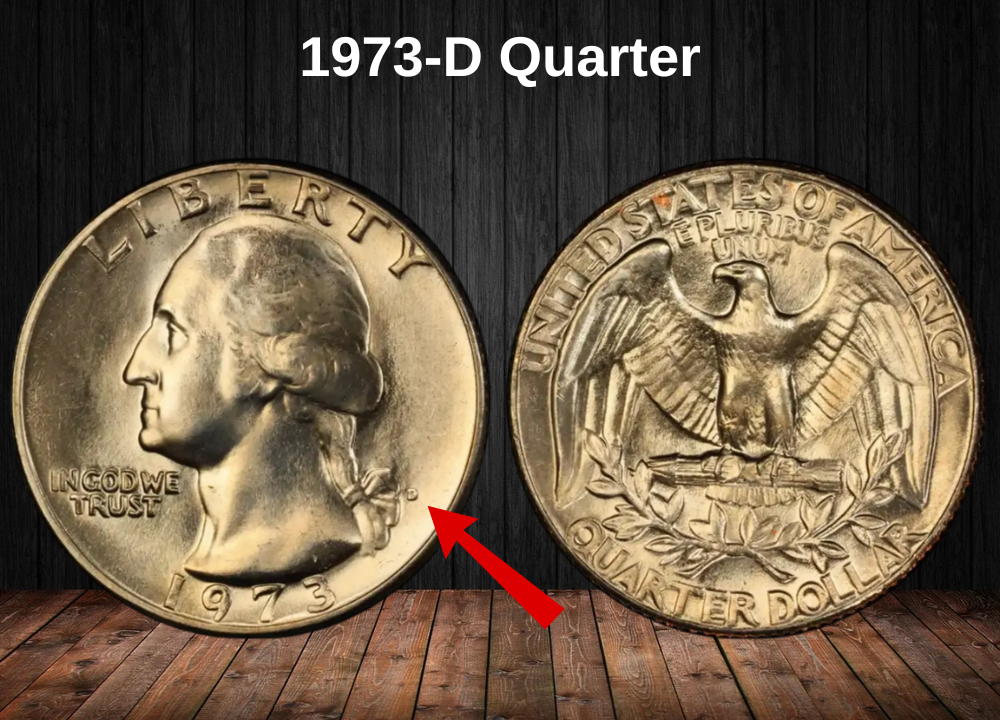
The 1973-D Washington Quarter was struck at the Denver Mint, with a production run in the hundreds of millions. While plentiful in circulated grades, these coins show a fascinating paradox: despite their huge original mintage, high-grade survivors are far scarcer than collectors might expect.
Denver’s minting quality in the early 1970s often produced coins with weaker strikes, bag marks, and surface abrasions. Because of this, Mint State coins graded MS-65 or higher are considerably harder to find, and their prices reflect that scarcity.
For new collectors, circulated examples are worth only face value. But for advanced hobbyists, locating a sharply struck 1973-D with strong luster can be a rewarding—and sometimes expensive—challenge.
1973-D Quarter Value/Grade Chart
| Grade | Value Range |
|---|---|
| G-4 (Good) | $0.25 |
| F-12 (Fine) | $0.29 |
| AU-50 (About Uncirculated) | $0.67 |
| MS-60 (Mint State) | $4 – $10 |
| MS-63 | $15 – $30 |
| MS-65 (Gem Uncirculated) | $60 – $120 |
| MS-67 (Superb Gem) | $250 – $400+ |
1973-S Proof Quarter Value
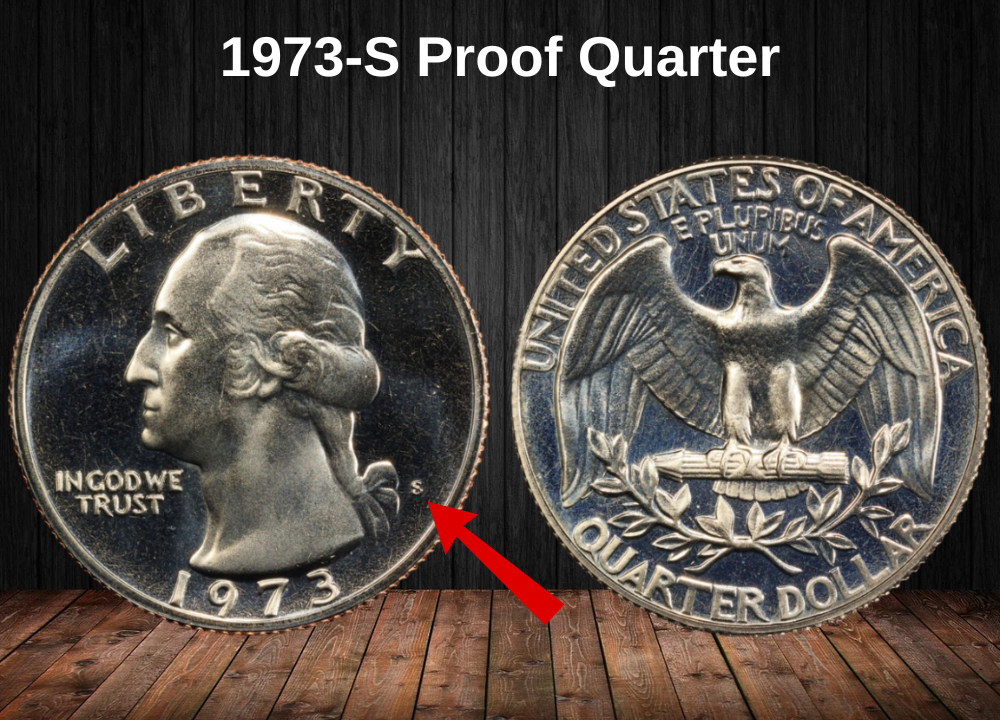
The 1973-S Proof Quarter was struck at the San Francisco Mint exclusively for collectors, with a mintage of just over 2.7 million coins. Unlike circulation strikes, these coins were produced with specially polished dies and planchets, giving them mirror-like fields and razor-sharp details.
Most 1973-S Proof quarters are relatively affordable because they were preserved in proof sets right from the start. However, condition and surface quality make a big difference in value. Examples with deep mirrors and flawless devices earn higher grades, while Cameo (CAM) and Deep Cameo (DCAM) designations bring significant premiums due to their strong frosted contrast.
For new collectors, these proofs are a great entry point into numismatics. For advanced specialists, high-grade CAM and DCAM examples represent the most desirable proof varieties of the year.
1973-S Proof Quarter Value/Grade Chart
| Grade | Value Range |
|---|---|
| PR-60 | $2 – $3 |
| PR-63 | $4 – $5 |
| PR-65 | $6 – $8 |
| PR-67 | $10 – $14 |
| PR-69 | $18 – $25 |
| PR-70 (Perfect Proof) | $35 – $50+ |
1973-S CAM Quarter Value
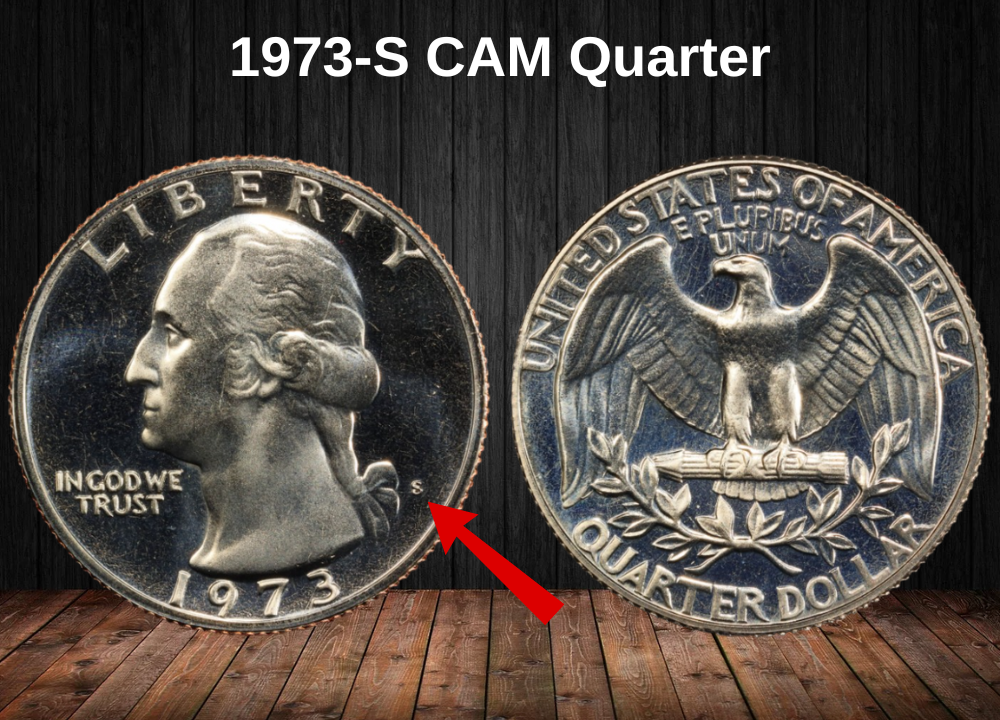
The 1973-S Cameo (CAM) Proof Quarter takes the standard proof strike to another level by displaying noticeable frosted devices contrasted against its mirror-like fields. This contrast wasn’t consistently achieved on all proofs from 1973, which makes certified CAM specimens scarcer and more desirable.
The frosted details on Washington’s portrait and the eagle give these coins greater visual appeal, resembling modern proof standards. Collectors often pursue CAM-designated proofs because they represent the midpoint between regular proofs and the far rarer Deep Cameo (DCAM) coins.
While they are still affordable compared to DCAMs, CAM examples attract stronger premiums in higher grades, particularly PR-68 and above, where flawless surfaces enhance the frosted effect.
1973-S CAM Quarter Value/Grade Chart
| Grade | Value Range |
|---|---|
| PR-64 CAM | $6 – $8 |
| PR-65 CAM | $10 – $15 |
| PR-66 CAM | $18 – $25 |
| PR-67 CAM | $28 – $40 |
| PR-68 CAM | $45 – $70 |
| PR-69 CAM | $75 – $120 |
1973-S DCAM Quarter Value
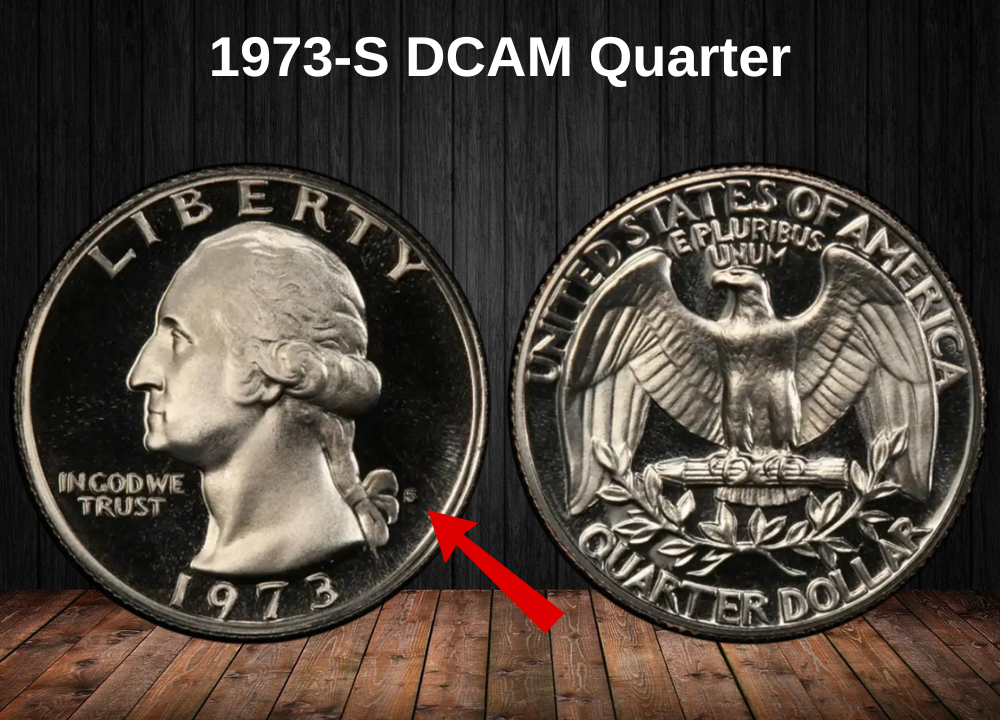
The 1973-S Deep Cameo (DCAM) Proof Quarter represents the highest level of proof quality achievable for this year. These coins feature heavily frosted devices that stand out in dramatic contrast against deeply mirrored fields, producing the black-and-white effect that collectors prize above all.
Unlike standard proofs, only a small percentage of the 1973-S mintage achieved this level of contrast, since the deep cameo effect required perfectly prepared dies and early strikes before the frosting began to wear.
Because of their rarity and striking eye appeal, DCAM examples are the most valuable 1973 quarters aside from major mint errors. They also showcase the peak of San Francisco Mint’s proof production in the early clad era.
1973-S DCAM Quarter Value/Grade Chart
| Grade | Value Range |
|---|---|
| PR-64 DCAM | $12 – $18 |
| PR-65 DCAM | $20 – $30 |
| PR-66 DCAM | $35 – $50 |
| PR-67 DCAM | $60 – $90 |
| PR-68 DCAM | $100 – $160 |
| PR-69 DCAM | $200 – $323+ |
Rare 1973 Quarter Error List
The 1973 Washington Quarter might look like a typical clad coin from the early 1970s, but sharp-eyed collectors know this date hides a handful of fascinating errors. These mistakes in the minting process transform an ordinary 25¢ piece into a collectible worth many times its face value. Below are the most significant 1973 quarter errors with updated values.
1. 1973-D Doubled Die Obverse (DDO)
This variety shows clear doubling in the inscriptions on the obverse, particularly visible in “LIBERTY” and “IN GOD WE TRUST”, with some examples showing light doubling in the date. The doubling occurred when the die was misaligned during hubbing, creating extra impressions.
Value Chart – 1973-D Doubled Die Obverse (DDO)
| Grade | Value Range |
|---|---|
| VF-20 | $40 – $60 |
| EF-40 | $75 – $120 |
| AU-50 | $150 – $225 |
| MS-60 | $280 – $400 |
| MS-63 | $500 – $750 |
| MS-65 | $1,000 – $1,500 |
2. 1973-S Proof Doubled Die Reverse (DDR)
The proof DDR variety is especially dramatic, with doubling seen in “UNITED STATES OF AMERICA” and “QUARTER DOLLAR.” Because this occurred on proof dies, the doubling is sharper and easier to spot under magnification. These coins are rare and highly sought after by variety specialists.
Value Chart – 1973-S Proof DDR
| Grade | Value Range |
|---|---|
| PR-64 | $60 – $90 |
| PR-65 | $100 – $175 |
| PR-66 | $200 – $300 |
| PR-67 | $350 – $500 |
| PR-68 | $600 – $900 |
| PR-69 DCAM | $1,200 – $1,800+ |
3. 1973-D Repunched Mint Mark (RPM) FS-501
Before the Mint switched to automated mint mark application, mint workers had to hand-punch the “D” onto working dies. Sometimes this was done twice, slightly misaligned, creating a repunched mint mark (RPM). On the FS-501 variety, you can see the secondary “D” to the north of the primary mint mark.
Value Chart – 1973-D RPM FS-501
| Grade | Value Range |
|---|---|
| VF-20 | $20 – $35 |
| EF-40 | $40 – $65 |
| AU-50 | $80 – $120 |
| MS-60 | $150 – $200 |
| MS-63 | $250 – $350 |
| MS-65 | $500 – $750 |
4. 1973 Off-Center Strike
An off-center strike occurs when the planchet isn’t properly seated in the press, causing the design to be misaligned. In 1973 quarters, off-centers of 5–15% are more common, while dramatic errors of 50% or more with a visible date are extremely rare and valuable.
Value Chart – 1973 Off-Center Strike
| Strike % | Value Range |
|---|---|
| 5–10% | $30 – $60 |
| 15–25% | $80 – $150 |
| 50%+ with full date | $400 – $800+ |
5. 1973 Clipped Planchet
A clipped planchet error happens when the blanking press overlaps during production, cutting off part of the coin’s edge. These errors on 1973 quarters usually show as crescent-shaped clips, with the reeded edge abruptly cut short.
Value Chart – 1973 Clipped Planchet
| Size of Clip | Value Range |
|---|---|
| Small Clip | $25 – $50 |
| Medium Clip | $60 – $100 |
| Large Clip | $150 – $250+ |
Where to Sell Your Quarter Coin?
Now that you know the value of your quarter, the next step is deciding where to sell it. There are several trusted options—both online and in person—that can help you get the best price depending on your coin’s rarity and condition.
To see the full list of recommended places, along with their advantages and disadvantages, check our complete guide on where to sell your quarter coins.
FAQ About The 1973 Quarter
1) What is the composition of the 1973 quarter?
- Outer layers: 75% copper, 25% nickel
- Core: Pure copper
- Weight: 5.67 g
- Diameter: 24.3 mm
- Edge: Reeded with visible copper core
2) Where was the 1973 quarter minted, and how many?
- Philadelphia (no mintmark): 346,924,000
- Denver (“D”): 232,977,400
- San Francisco (“S” Proof only): 2,760,339
3) Are 1973 quarters rare?
- Circulated coins: Very common.
- MS-67 business strikes: Scarce, especially Philadelphia issues with weak strikes.
- Proof Deep Cameo (DCAM): Condition rarities and registry set targets.
4) What is the value of a 1973 quarter?
- Circulated: 25¢ (face value)
- MS-65: $8–12
- MS-67: $125–250+
- Proof PR-65: $5–8
- Proof PR-69 DCAM: $150–300+
5) What varieties and errors should I look for?
- 1973-D RPMs (Repunched Mintmarks): Popular with cherrypickers.
- Minor doubled dies (DDO/DDR): Exist but subtle.
- Clad planchet errors: Off-centers, broadstrikes, clipped planchets.
- Wrong planchets: Rare (e.g., dime stock).
6) How do you distinguish a 1973-S Proof from a circulation strike?
- Proofs (San Francisco only) have mirrorlike fields, squared rims, and often frosted Cameo devices.
- Business strikes from Philadelphia and Denver show typical mint luster and weaker edges.
7) Why do collectors value the 1973 quarter?
- It’s part of the early 1970s clad era, notorious for weak strikes and bag marks.
- Registry set collectors compete for MS-67+ survivors.
- Proof DCAMs are scarce and beautiful.
- RPMs and minor doubled dies add depth for variety hunters.

